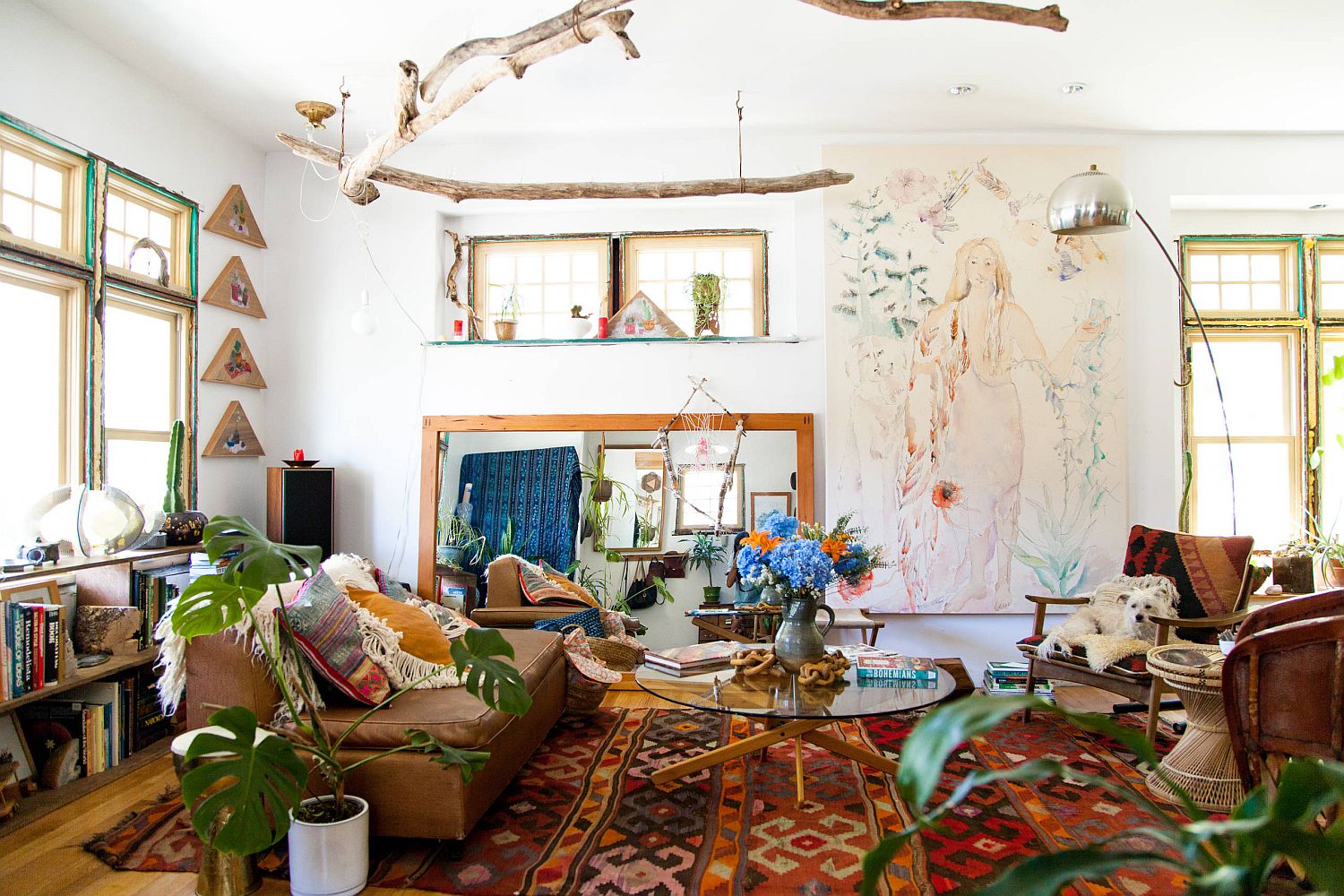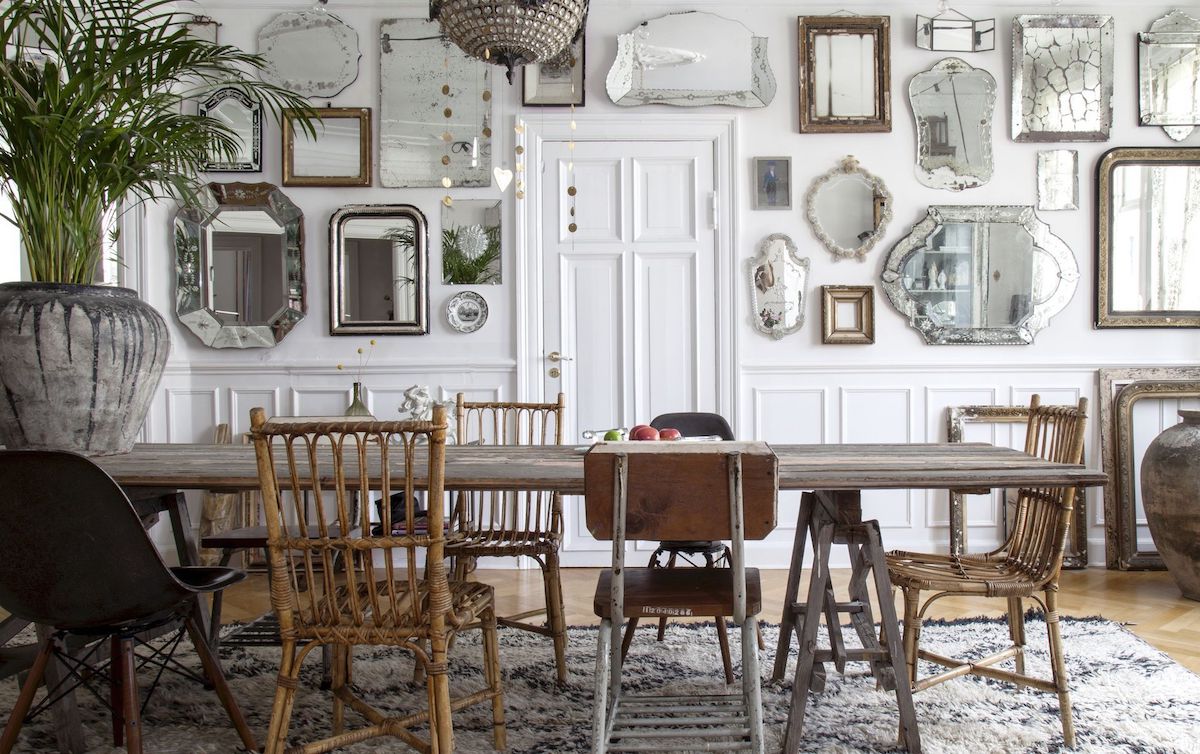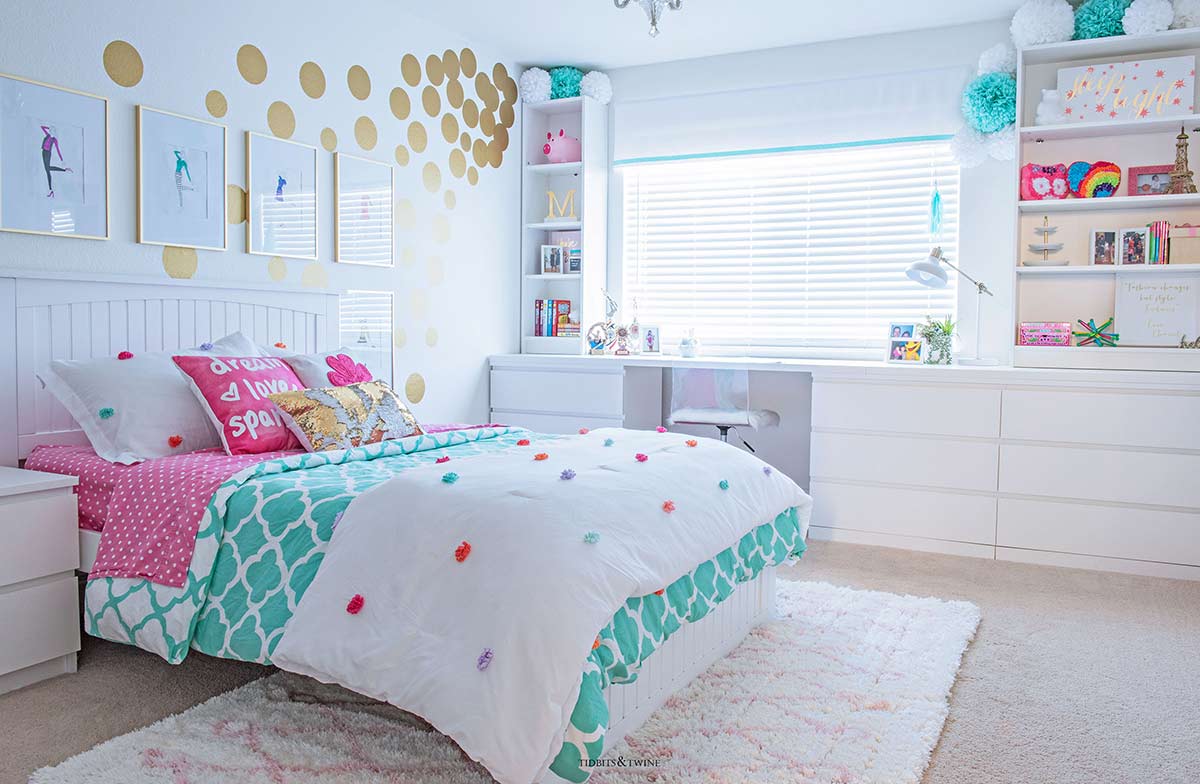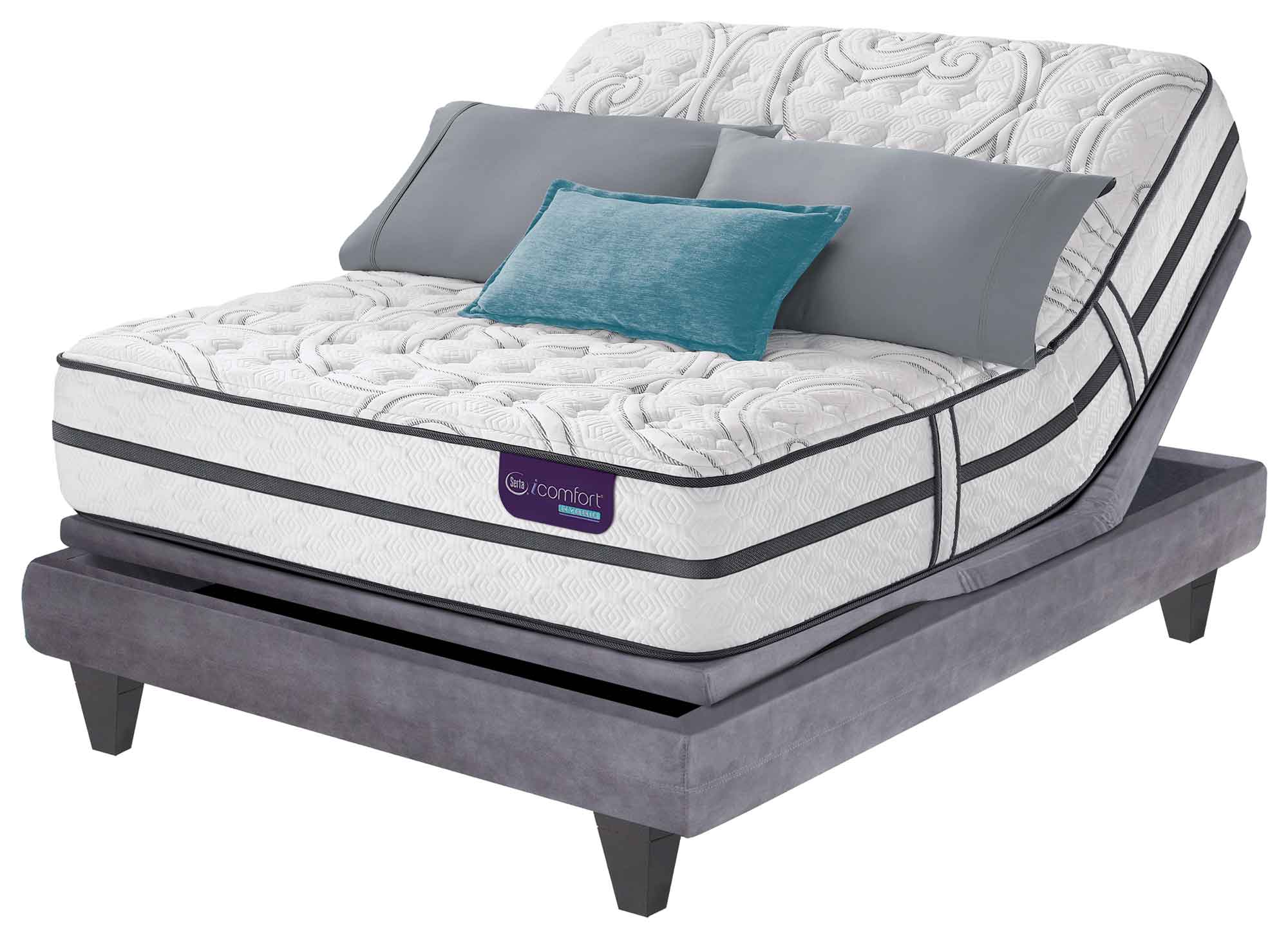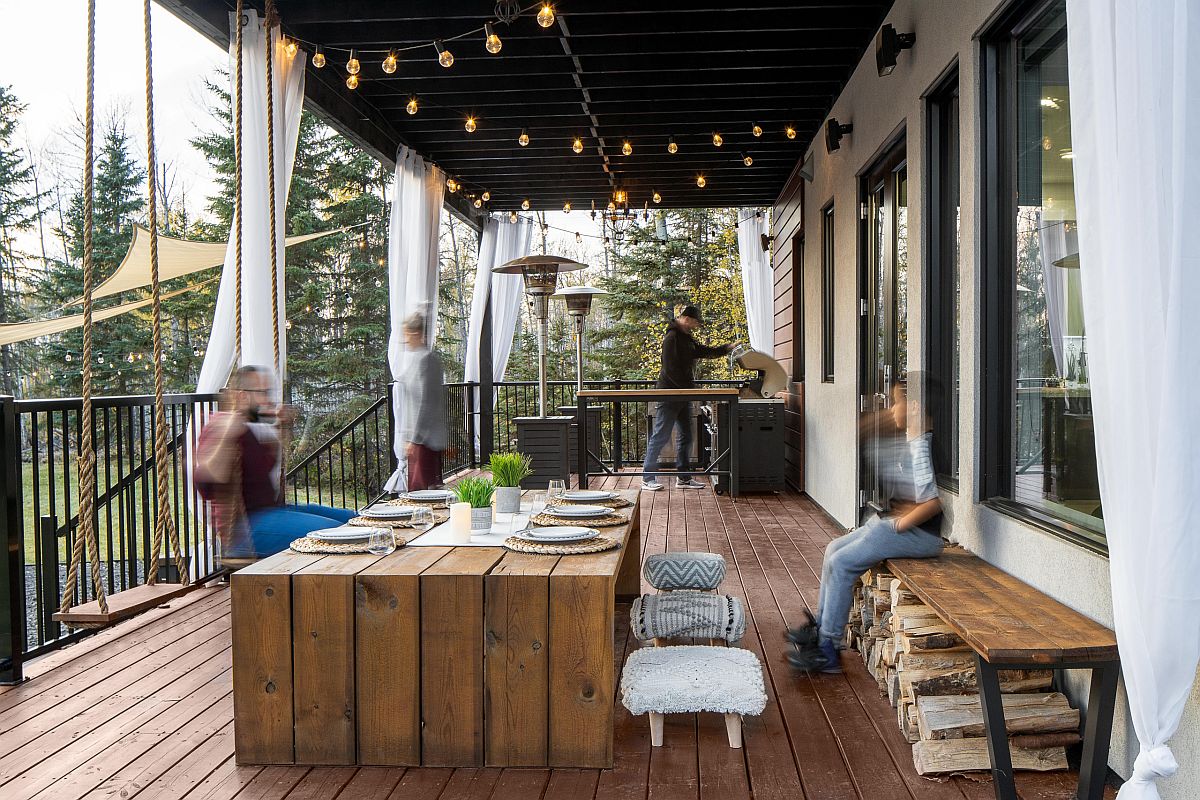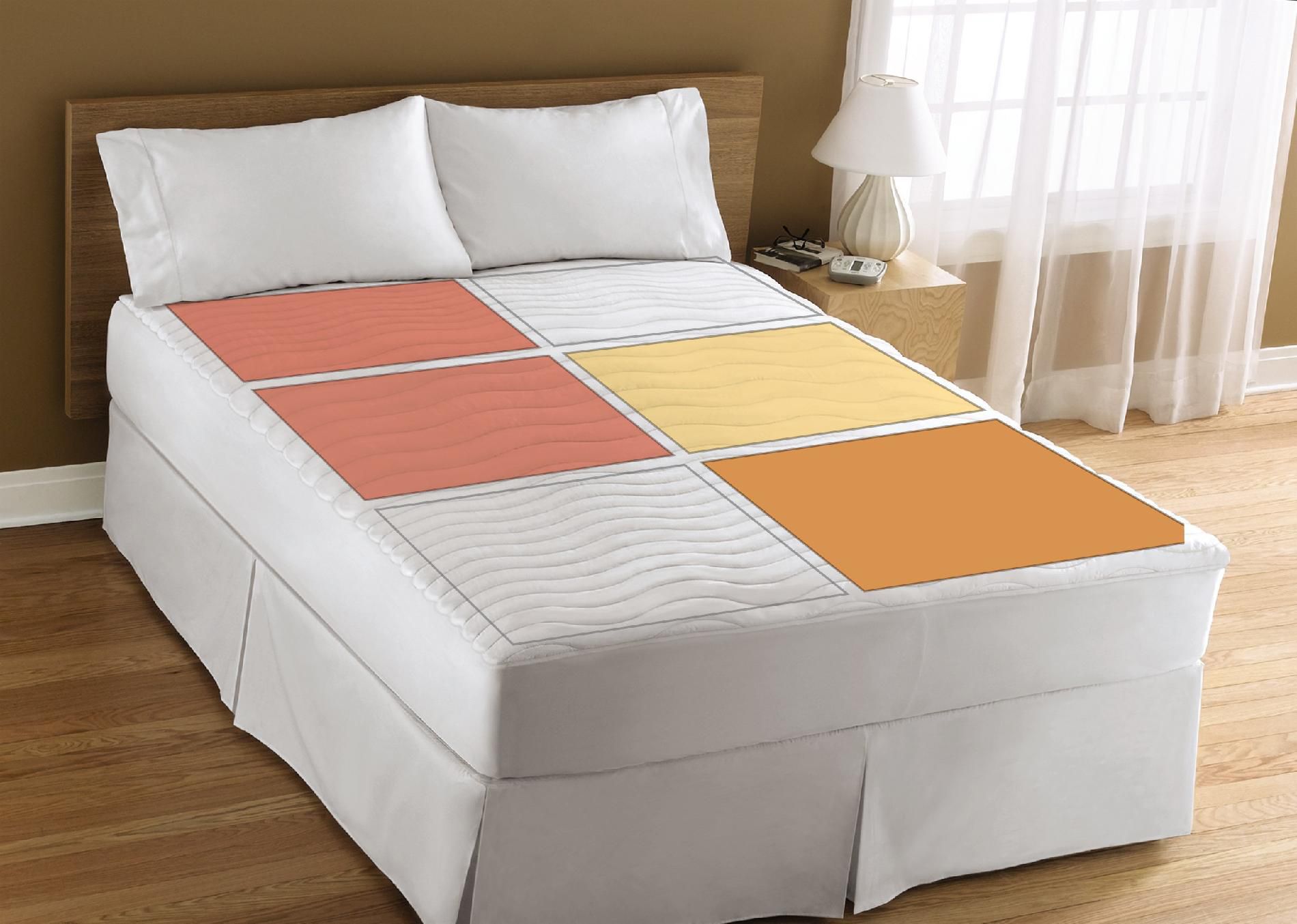The living room is often considered the heart of a home, where family and friends gather to relax, entertain, and spend quality time together. As such, it is important to have a well-designed living room that not only reflects your personal style but also creates a comfortable and inviting atmosphere. Whether you prefer a modern, traditional, or eclectic look, there are endless possibilities when it comes to living room interior design. If you want to make a statement in your living room, consider incorporating bold colors and patterns into your design. This can be achieved through accent walls, furniture, or decorative accessories. Another way to add interest to your living room is by using textured fabrics such as velvet, linen, or faux fur. These can add depth and dimension to your space.Living Room Interior Design
The dining room is where meals are shared and memories are made, making it an important space in any home. A well-designed dining room should not only be functional but also visually appealing. When it comes to dining room interior design, the key is to strike a balance between form and function. This means choosing furniture and decor that not only looks good but also serves a purpose. Lighting is an important element in dining room design. A chandelier or pendant light can serve as a focal point in the room, while task lighting such as table lamps or floor lamps can provide additional light for dining and entertaining. It is also important to consider the size and shape of your dining table, as this will determine the flow and functionality of the space.Dining Room Interior Design
In recent years, open concept living has become increasingly popular in interior design. This involves combining the living room, dining room, and kitchen into one cohesive space. Open concept design can make a home feel more spacious and allows for better flow and communication between rooms. When designing an open concept living and dining room, it is important to create a cohesive aesthetic throughout the space. This can be achieved by using matching colors and complementary decor. It is also important to consider the placement of furniture and traffic flow to ensure the space is both functional and visually appealing.Open Concept Living and Dining Room Design
Living in a small space doesn't mean sacrificing style and functionality. With the right design, even the smallest living and dining rooms can feel spacious and inviting. When designing a small living and dining room, the key is to maximize the space you have. One way to do this is by choosing multi-functional furniture that can serve multiple purposes. For example, a coffee table with hidden storage or a sofa bed for guests. Another way to create the illusion of space is by using mirrors to reflect light and create the illusion of a larger room.Small Living and Dining Room Design
Modern interior design is characterized by clean lines, sleek finishes, and minimalism. This style is perfect for those who prefer a more streamlined and uncluttered space. When designing a modern living and dining room, it is important to stick to a neutral color palette with pops of bold colors for contrast. Furniture with geometric shapes and metallic accents can add a touch of modernity to the space. It is also important to keep the room clutter-free and use functional storage solutions to maintain the minimalist aesthetic.Modern Living and Dining Room Design
For those who prefer a more classic and timeless look, traditional interior design may be the way to go. This style is characterized by warm and inviting elements such as rich colors, ornate patterns, and luxurious fabrics. In a traditional living and dining room, it is important to incorporate cozy seating such as plush sofas and oversized armchairs. A fireplace or mantel can also add a touch of elegance and warmth to the space.Traditional Living and Dining Room Design
The coastal design style is perfect for those who want to bring the beach and ocean into their home. This style is characterized by light and airy elements such as white and blue color schemes, nautical and seaside-inspired decor, and natural materials. In a coastal living and dining room, it is important to keep the space bright and airy by using light-colored furniture and large windows to allow natural light to pour in. Incorporating beach-inspired decor like seashells, coral, and driftwood can also add to the coastal feel.Coastal Living and Dining Room Design
The farmhouse style is all about rustic charm and coziness, making it a popular choice for living and dining rooms. This style is characterized by wooden elements, neutral color palettes, and antique and reclaimed pieces. In a farmhouse living and dining room, it is important to incorporate wooden furniture such as a farmhouse dining table or rustic coffee table. Adding textured accents like a burlap or knit throw can also add to the cozy farmhouse feel.Farmhouse Living and Dining Room Design
The Scandinavian design style is known for its simplicity, functionality, and minimalism. This style is characterized by light and airy spaces, neutral color palettes, and clean lines. In a Scandinavian living and dining room, it is important to stick to a neutral color palette with pops of color for contrast. Incorporating natural elements like wood and plants can also add warmth and texture to the space.Scandinavian Living and Dining Room Design
The bohemian style is all about creativity, color, and eclecticism. This style is characterized by bold patterns, mixing and matching of textures and colors, and global-inspired decor. In a bohemian living and dining room, it is important to incorporate colorful and patterned textiles like throws, pillows, and rugs. Mixing antiques and modern pieces can also add to the eclectic bohemian vibe.Bohemian Living and Dining Room Design
The Importance of a Well-Designed Living and Dining Room

Creating a Functional and Cohesive Space
 When it comes to designing our homes, the living and dining room often takes center stage. These spaces serve as the heart of the home, where we gather with our loved ones, entertain guests, and create cherished memories. As such, it is essential to have a well-designed living and dining room that not only reflects our personal style but also serves its purpose in a functional and cohesive manner. A well-designed living and dining room can greatly enhance the overall aesthetic and functionality of a house.
One of the main benefits of a well-designed living and dining room is its functionality.
These spaces should not only be visually appealing but also serve their practical purpose. A properly designed living room should be a comfortable and inviting space where one can relax and unwind after a long day. Similarly, a well-designed dining room should be a space where one can gather and enjoy meals with family and friends.
By creating a functional living and dining room, we can make the most out of these spaces and enhance our daily living experience.
When it comes to designing our homes, the living and dining room often takes center stage. These spaces serve as the heart of the home, where we gather with our loved ones, entertain guests, and create cherished memories. As such, it is essential to have a well-designed living and dining room that not only reflects our personal style but also serves its purpose in a functional and cohesive manner. A well-designed living and dining room can greatly enhance the overall aesthetic and functionality of a house.
One of the main benefits of a well-designed living and dining room is its functionality.
These spaces should not only be visually appealing but also serve their practical purpose. A properly designed living room should be a comfortable and inviting space where one can relax and unwind after a long day. Similarly, a well-designed dining room should be a space where one can gather and enjoy meals with family and friends.
By creating a functional living and dining room, we can make the most out of these spaces and enhance our daily living experience.
Enhancing the Aesthetic Appeal of Your Home
 Another crucial aspect of a well-designed living and dining room is its ability to enhance the overall aesthetic appeal of a home.
These spaces are often the first areas that guests see when they enter our homes, and thus, they should make a lasting impression. By incorporating elements such as color, texture, and lighting, we can create a visually appealing living and dining room that reflects our personal style and adds character to our home.
With the right design elements, we can transform a mundane living and dining room into a stunning and inviting space that leaves a lasting impression on our guests.
Another crucial aspect of a well-designed living and dining room is its ability to enhance the overall aesthetic appeal of a home.
These spaces are often the first areas that guests see when they enter our homes, and thus, they should make a lasting impression. By incorporating elements such as color, texture, and lighting, we can create a visually appealing living and dining room that reflects our personal style and adds character to our home.
With the right design elements, we can transform a mundane living and dining room into a stunning and inviting space that leaves a lasting impression on our guests.
Maximizing Space and Functionality
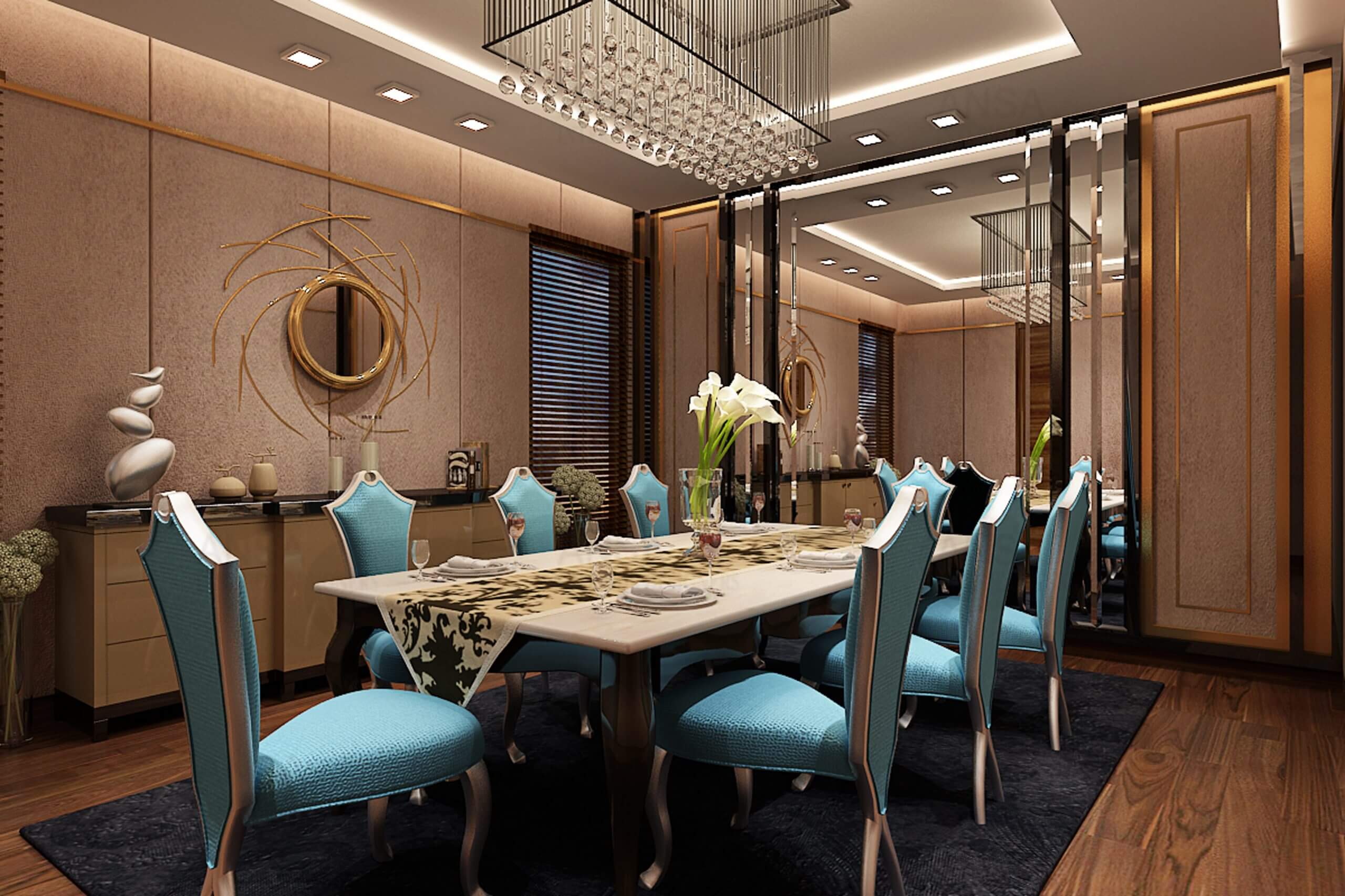 In today's fast-paced world, space is a luxury, and a well-designed living and dining room can help us make the most out of the limited space we have.
With clever storage solutions, furniture placement, and use of multi-functional pieces, we can create a living and dining room that maximizes space and functionality.
By incorporating these design elements, we can create a space that not only looks beautiful but also serves its purpose in a practical and efficient manner.
In conclusion, a well-designed living and dining room is an essential aspect of creating a functional, inviting, and aesthetically pleasing home. By considering elements such as functionality, aesthetic appeal, and space maximization, we can create a living and dining room that not only reflects our personal style but also enhances our daily living experience. So, whether you are designing your home from scratch or looking to give your living and dining room a makeover, remember the importance of a well-designed space.
In today's fast-paced world, space is a luxury, and a well-designed living and dining room can help us make the most out of the limited space we have.
With clever storage solutions, furniture placement, and use of multi-functional pieces, we can create a living and dining room that maximizes space and functionality.
By incorporating these design elements, we can create a space that not only looks beautiful but also serves its purpose in a practical and efficient manner.
In conclusion, a well-designed living and dining room is an essential aspect of creating a functional, inviting, and aesthetically pleasing home. By considering elements such as functionality, aesthetic appeal, and space maximization, we can create a living and dining room that not only reflects our personal style but also enhances our daily living experience. So, whether you are designing your home from scratch or looking to give your living and dining room a makeover, remember the importance of a well-designed space.
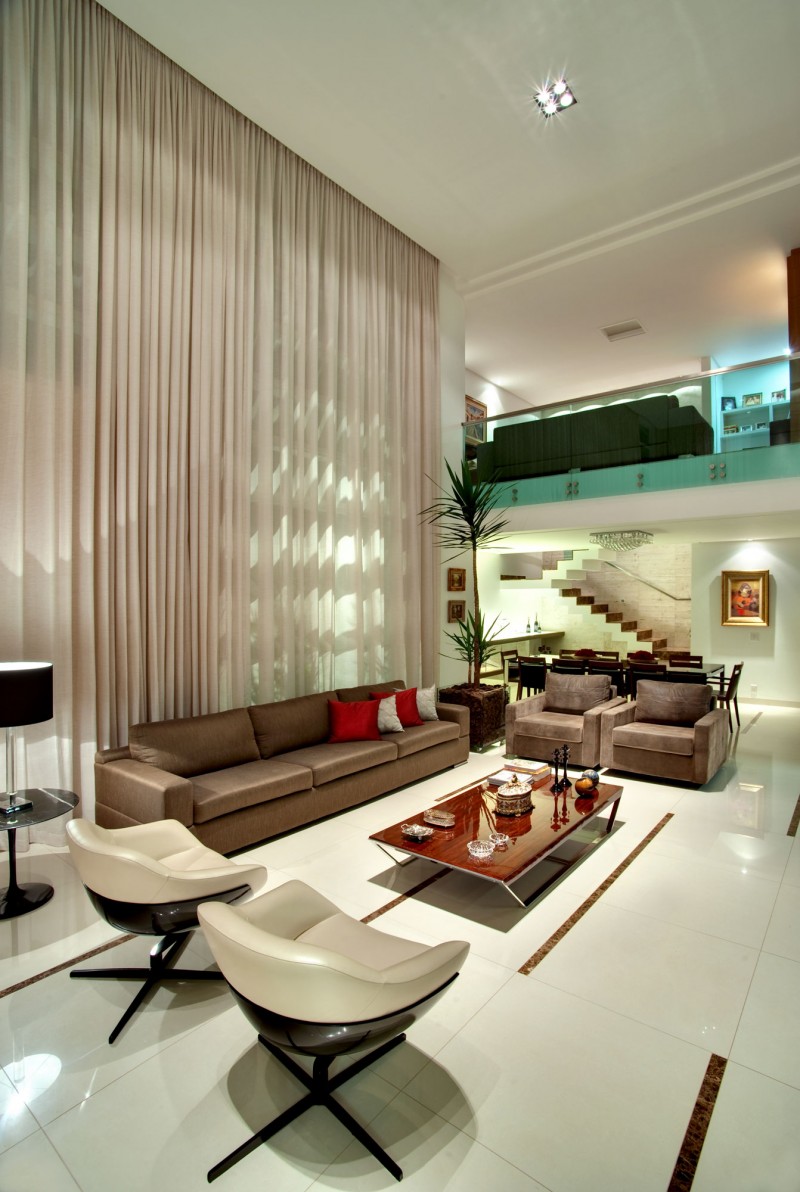


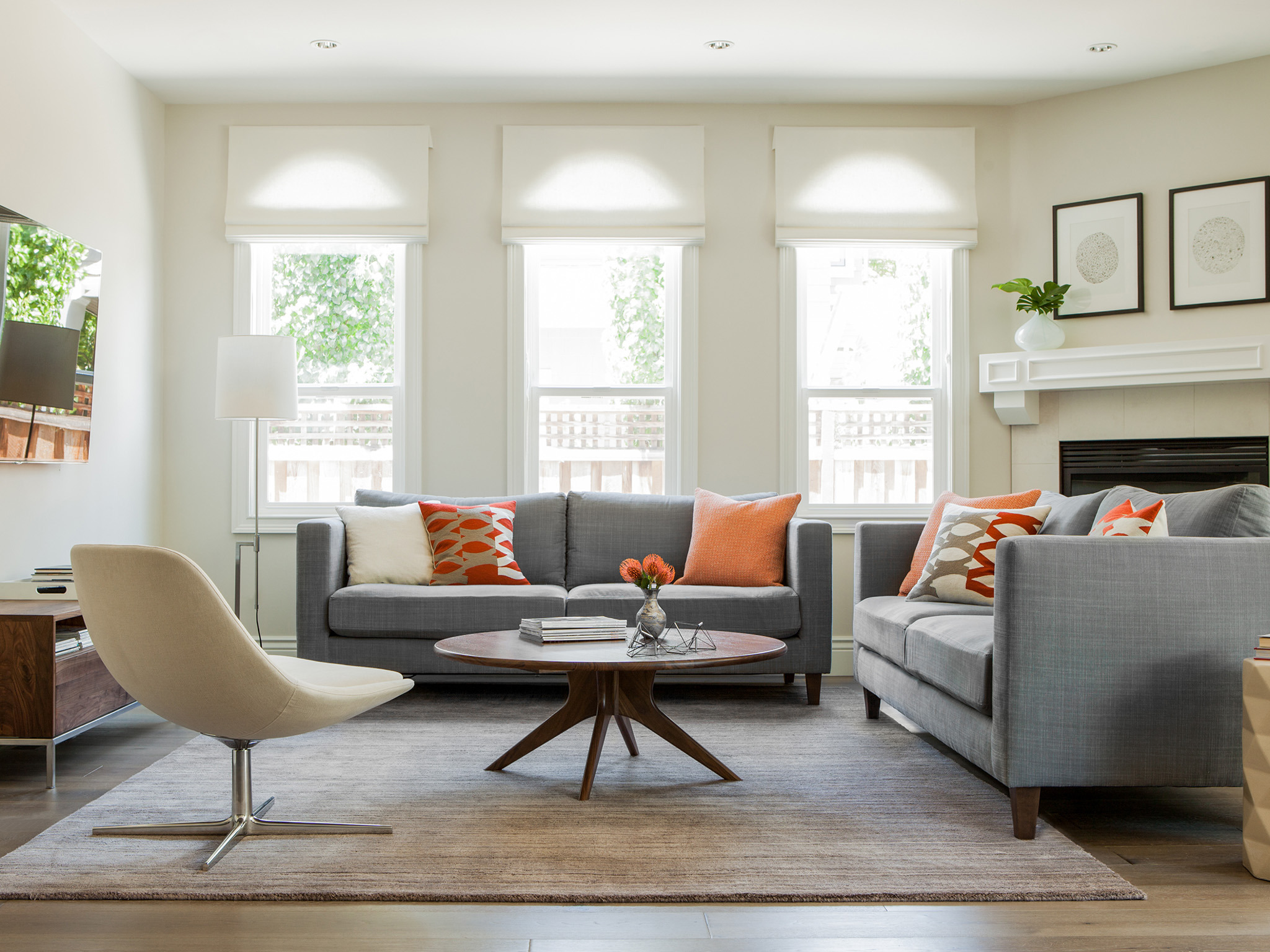
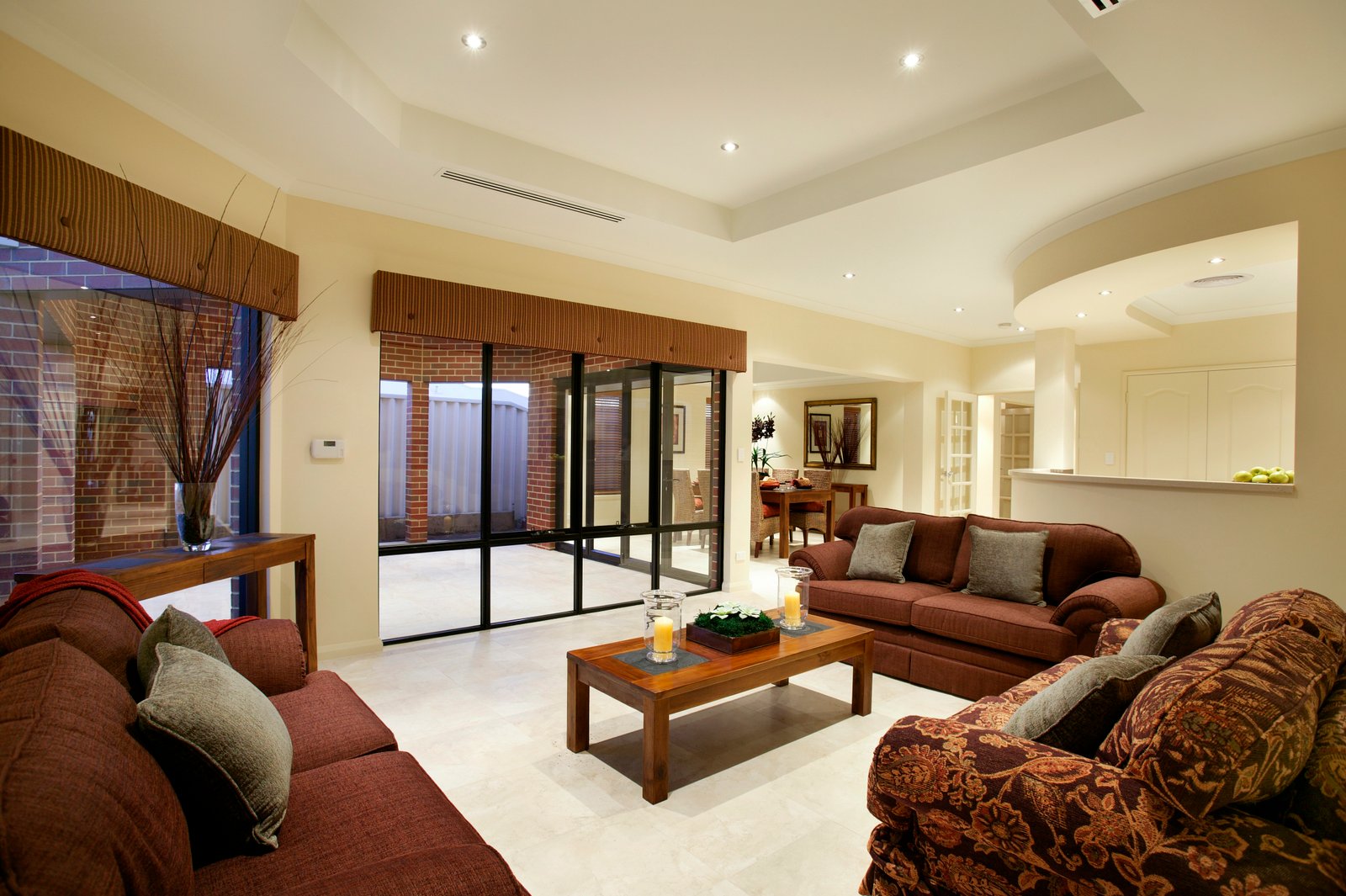
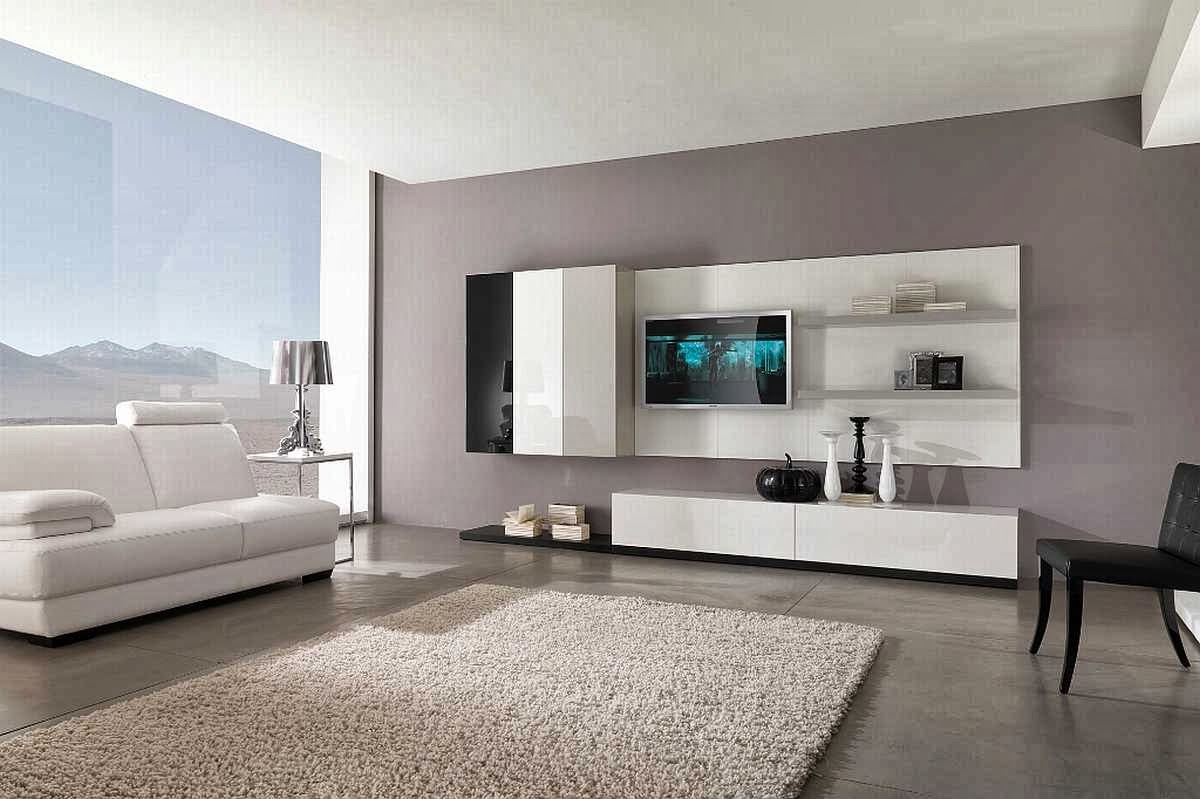
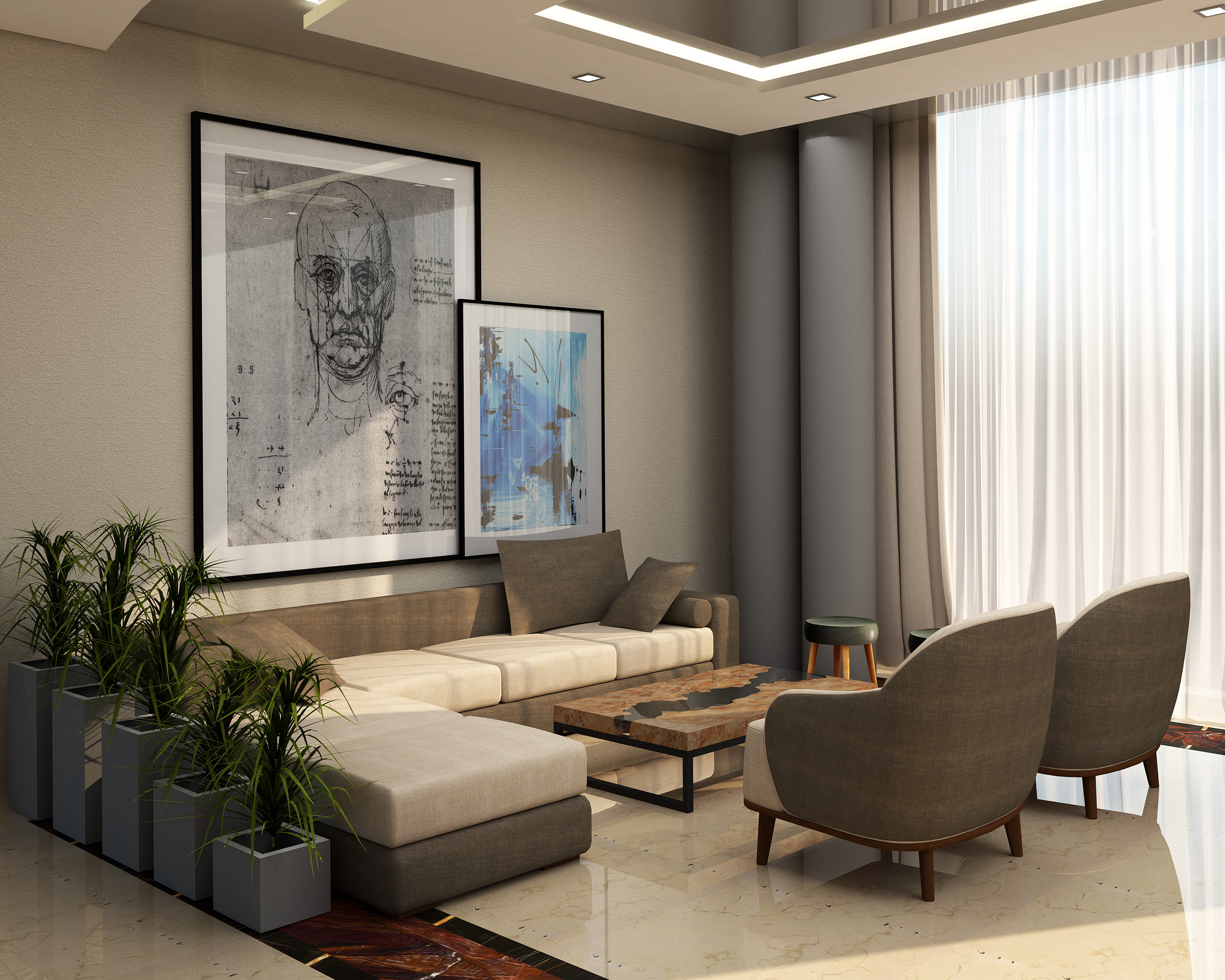

.jpg)


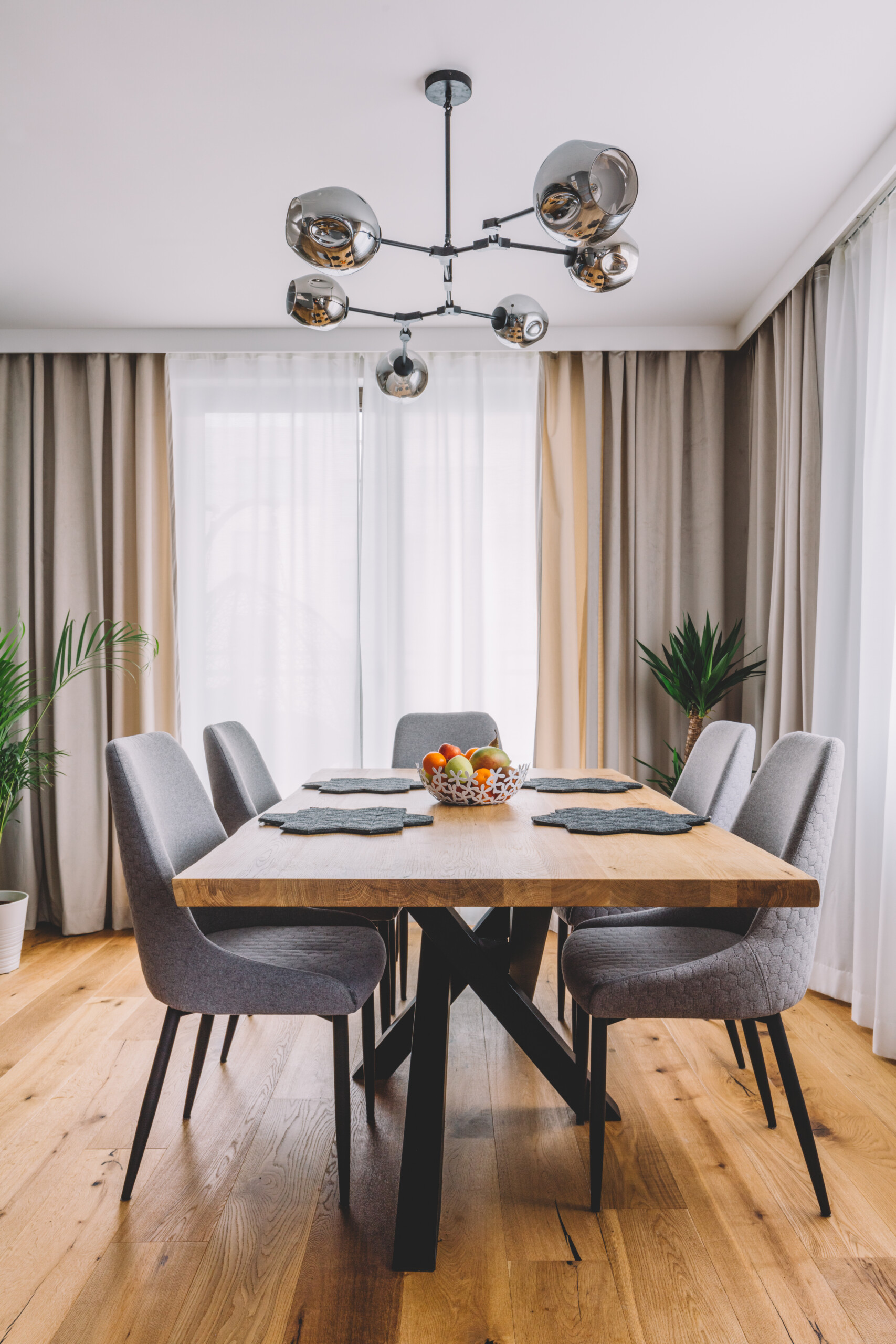
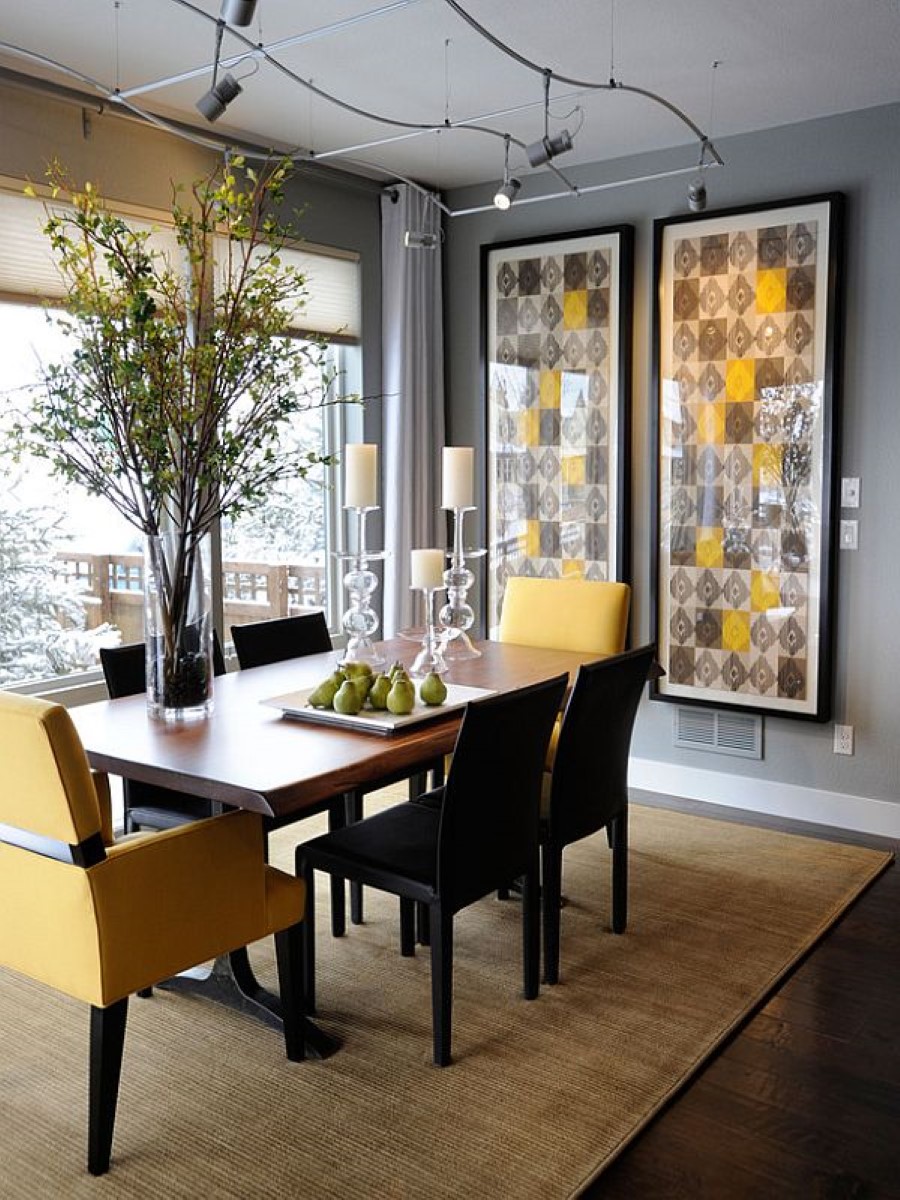
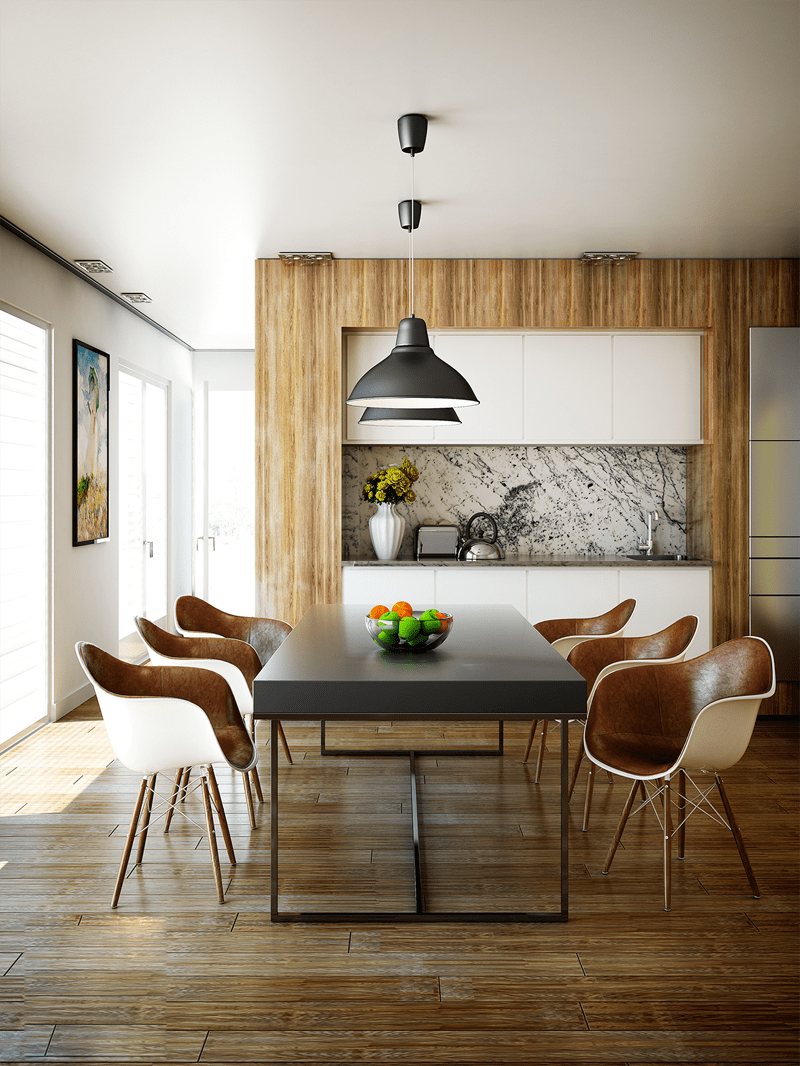
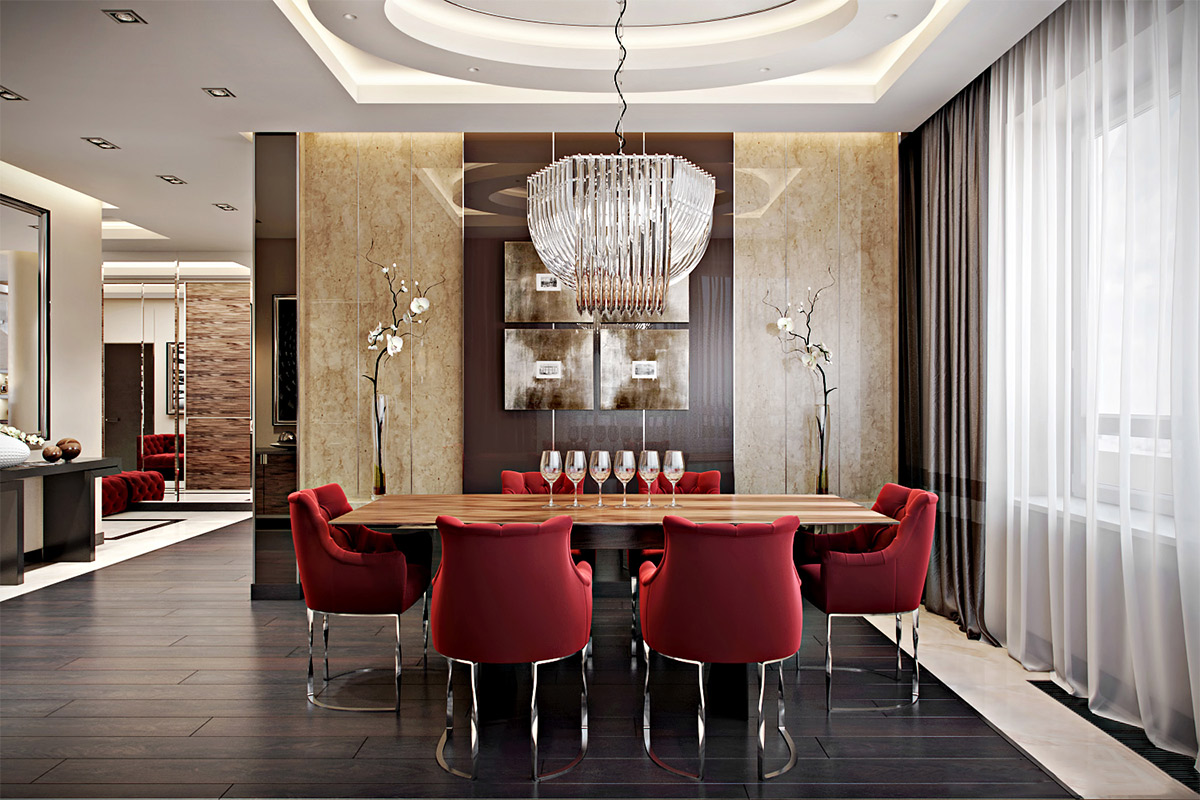
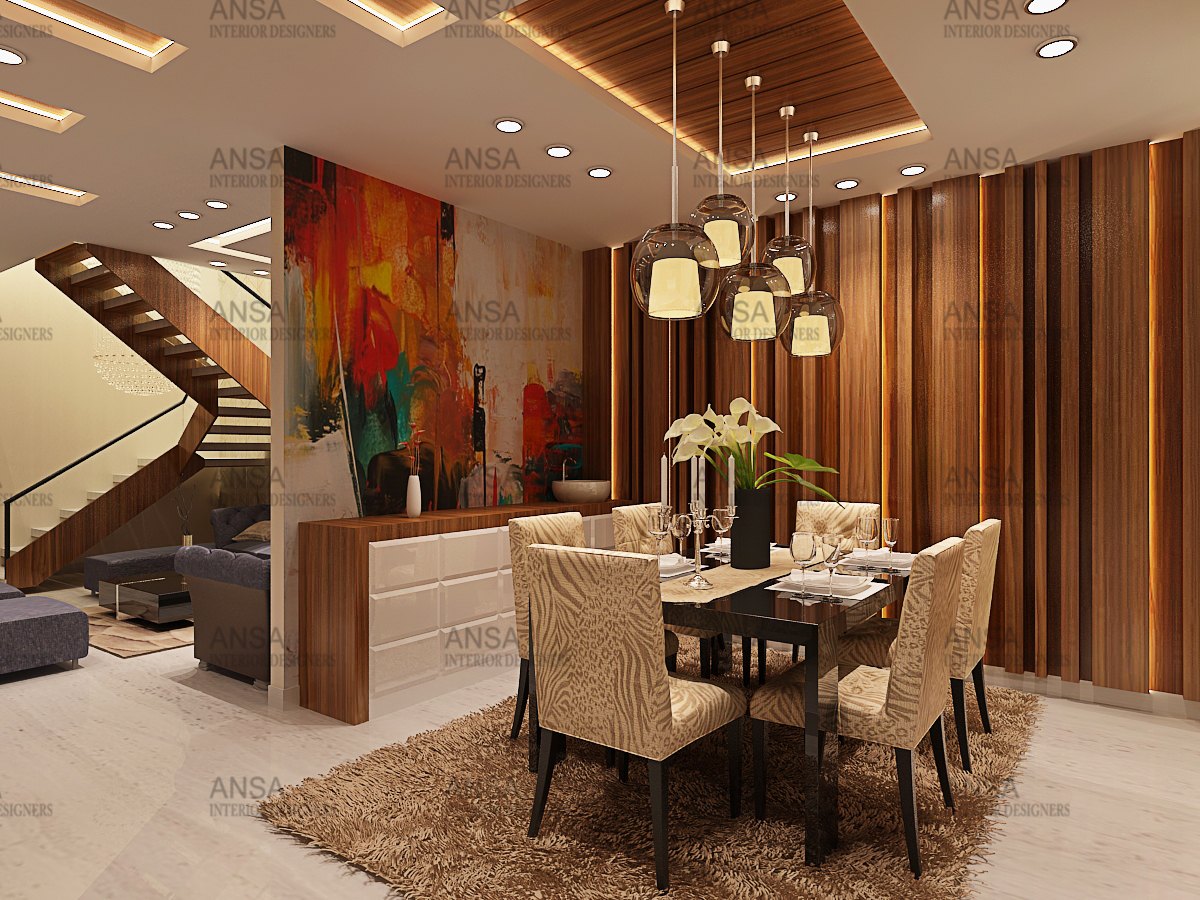
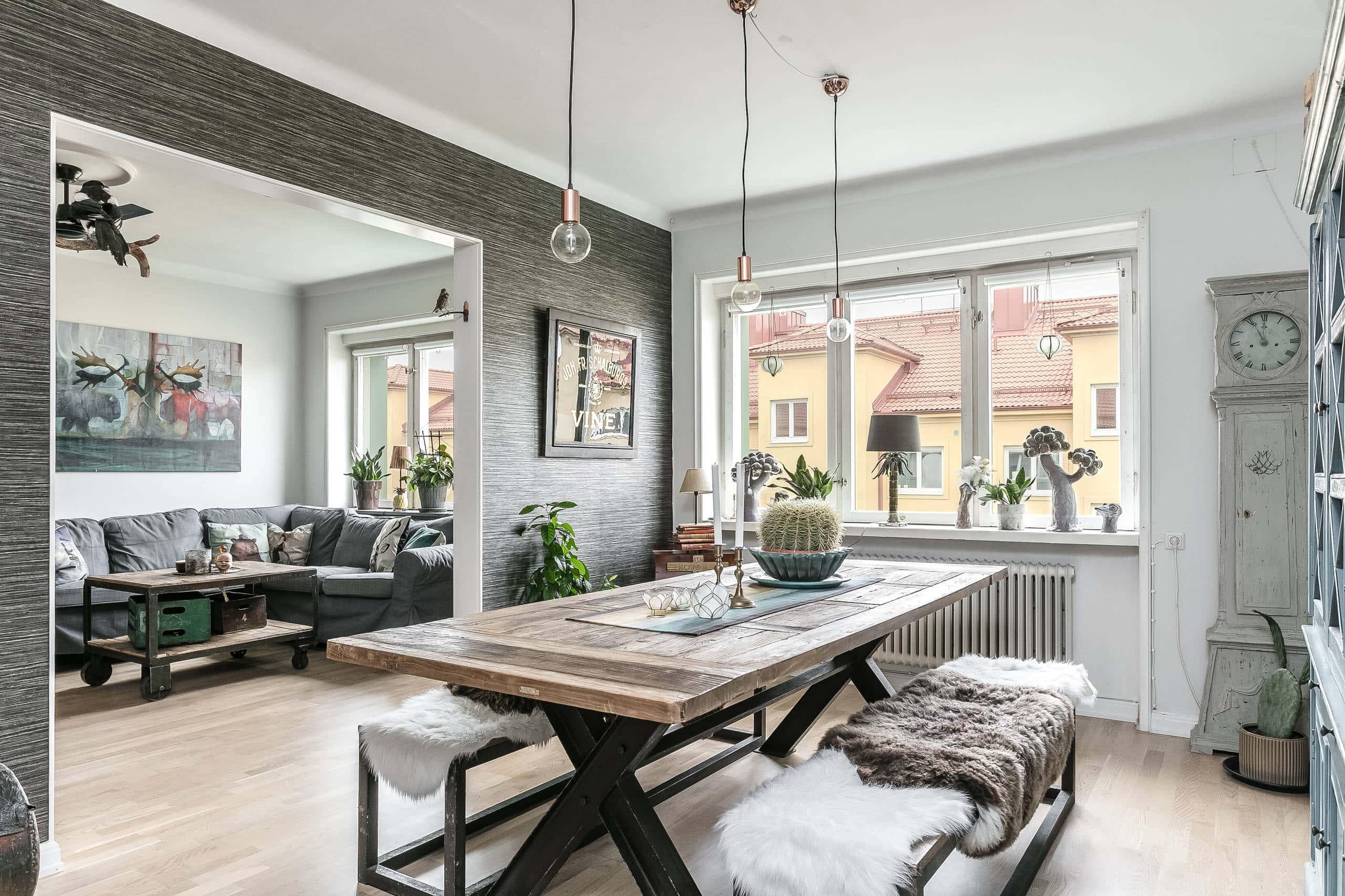
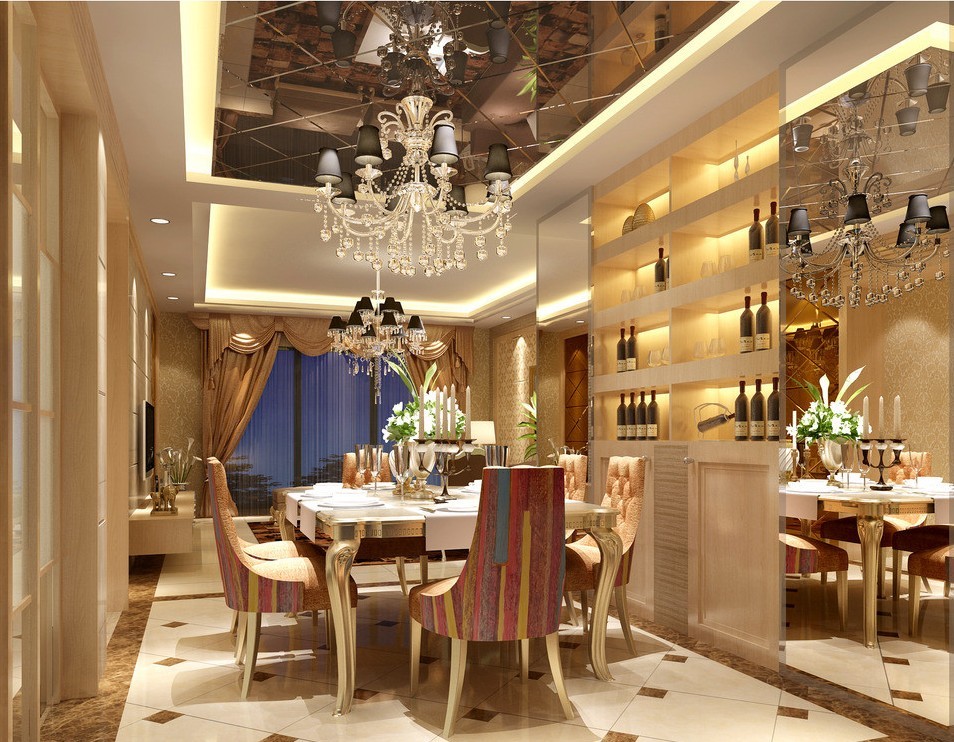
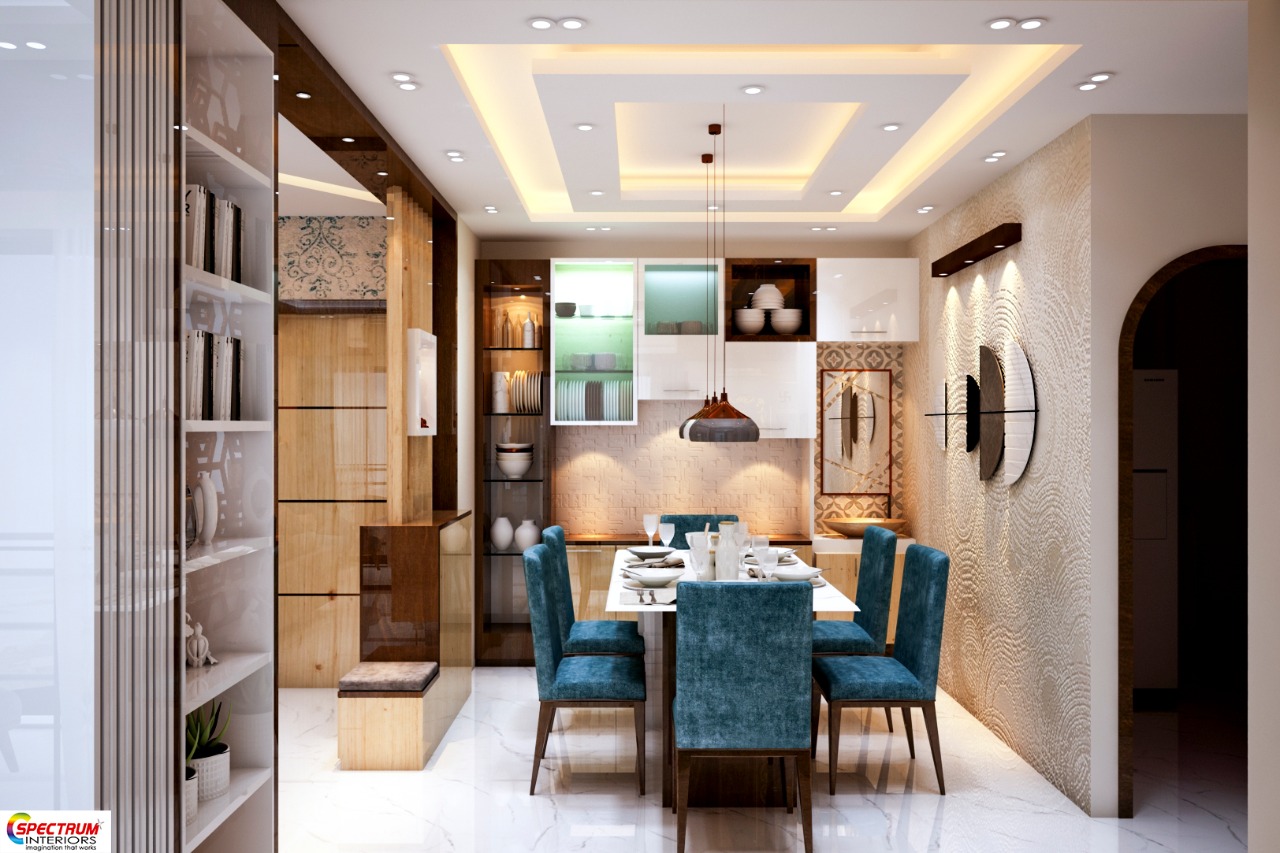

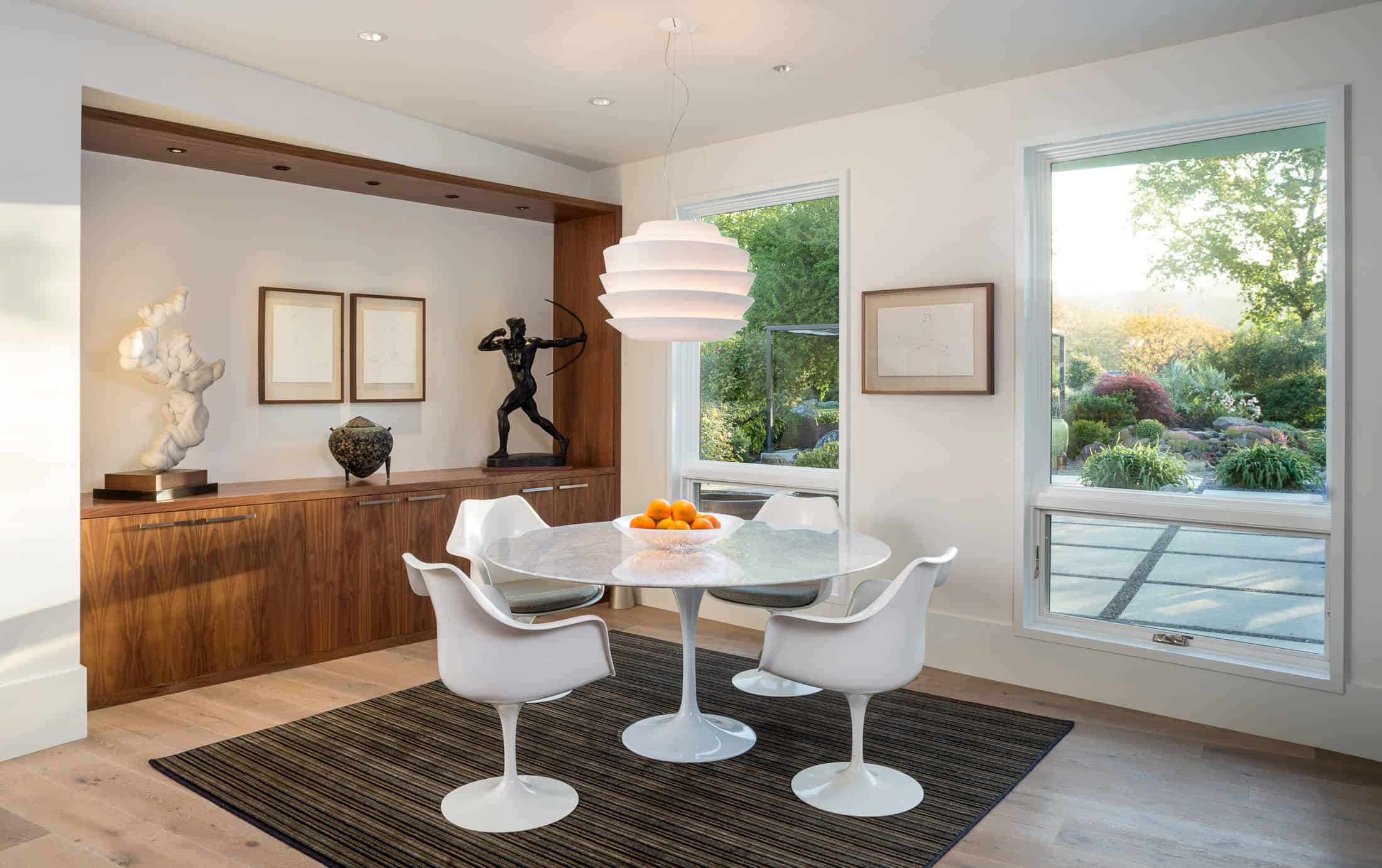
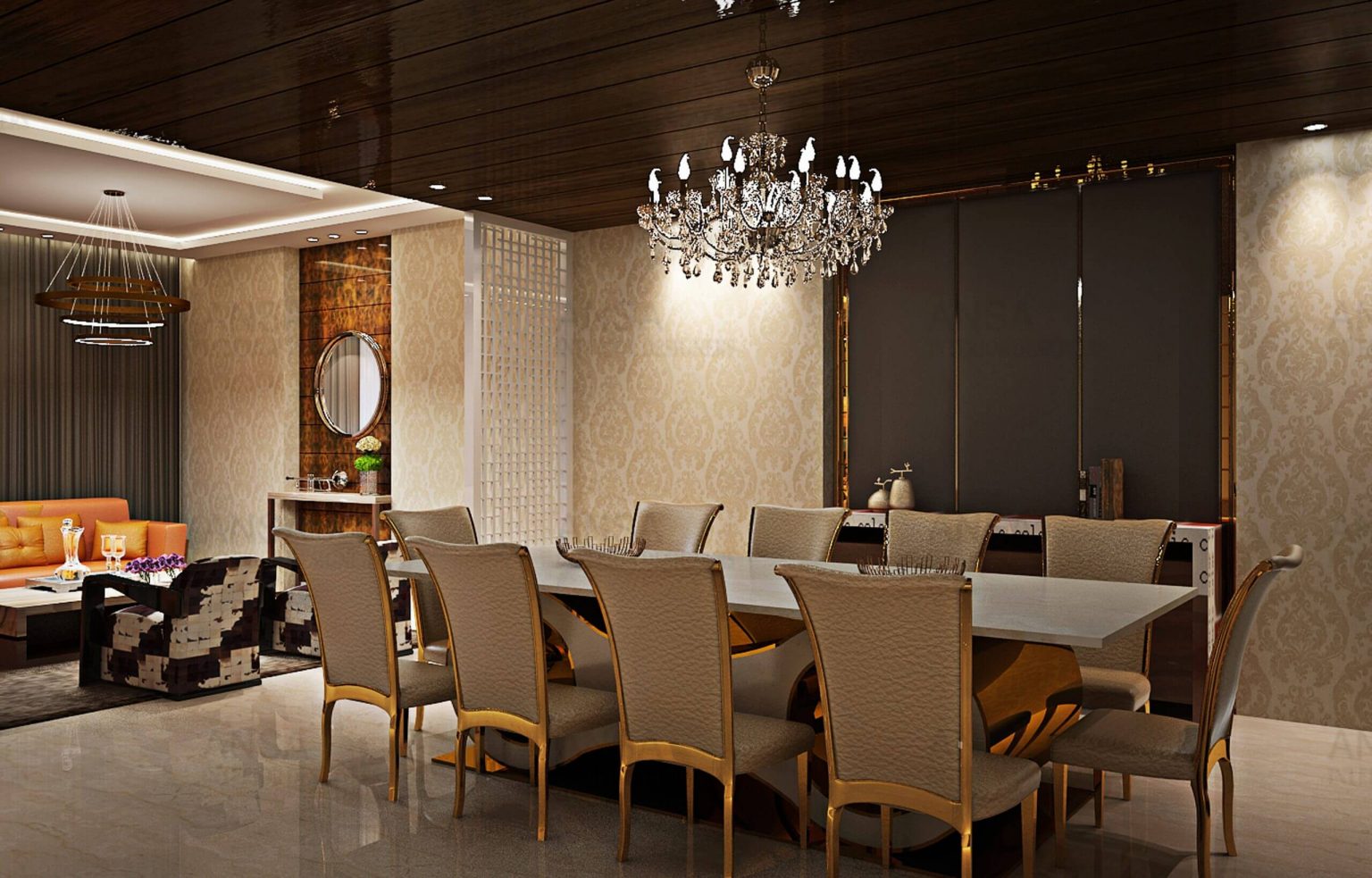










/GettyImages-1048928928-5c4a313346e0fb0001c00ff1.jpg)

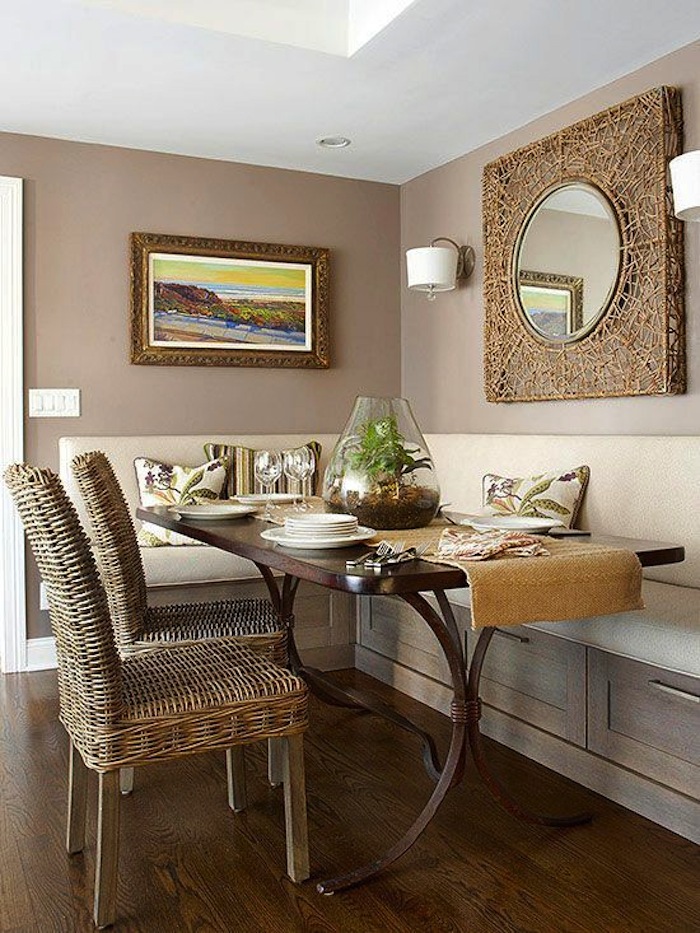
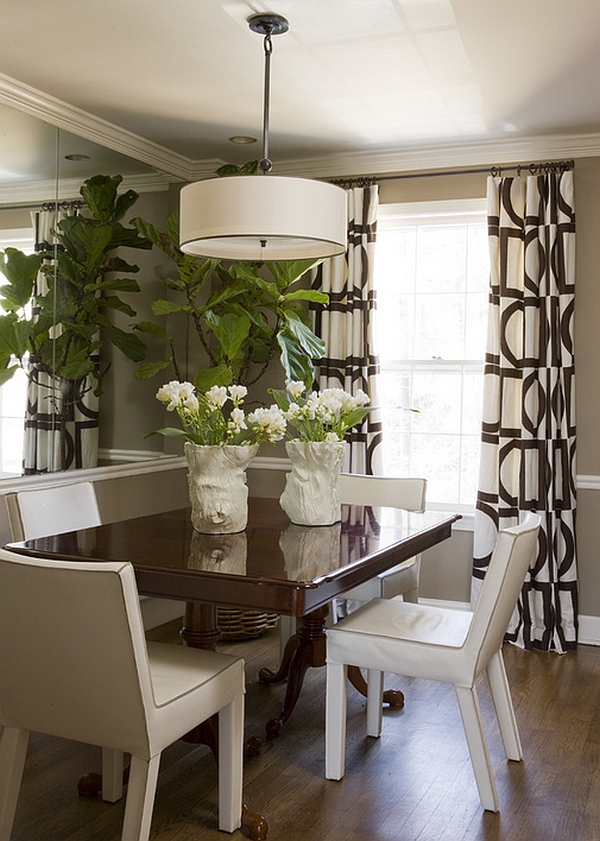








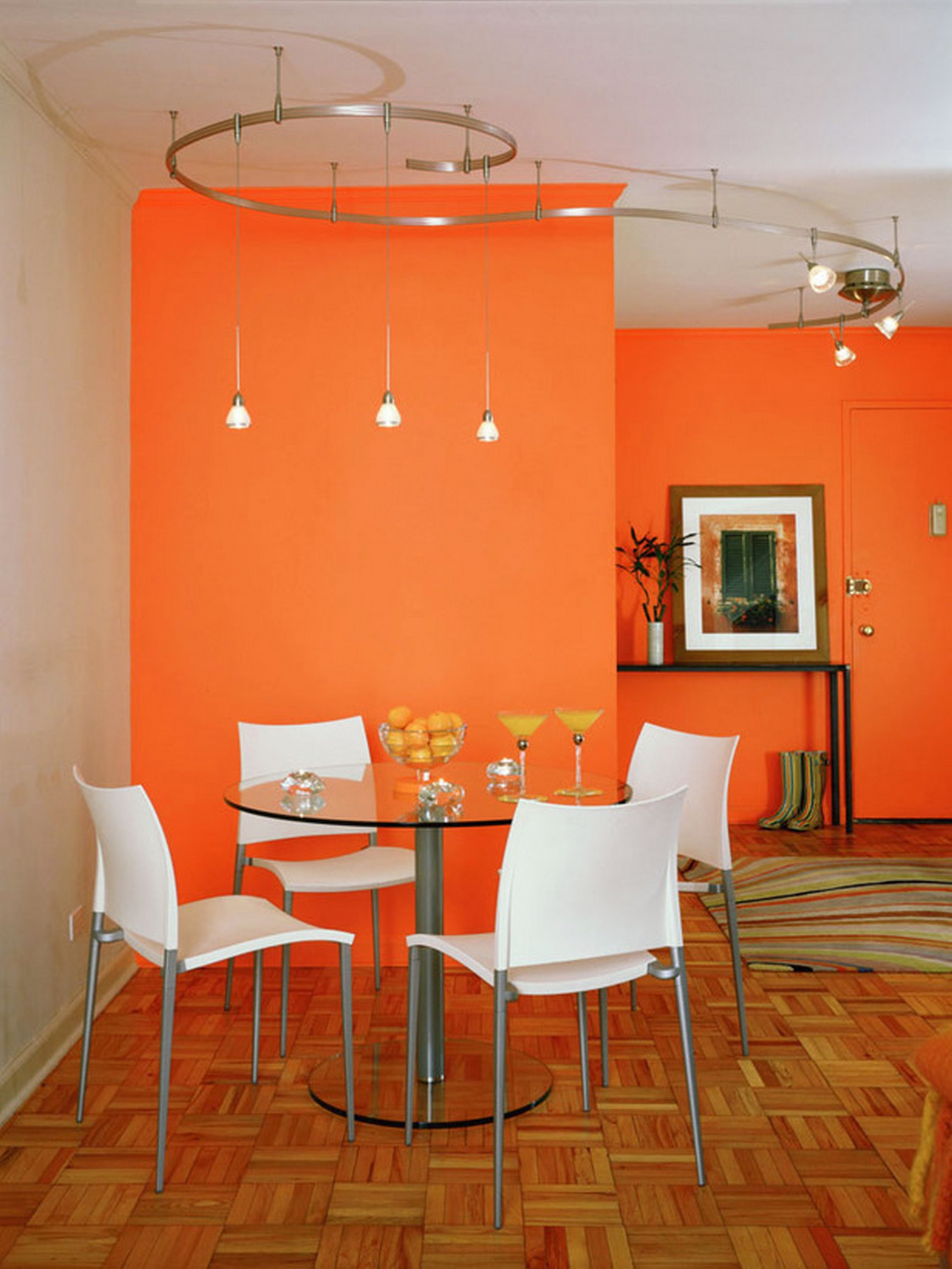

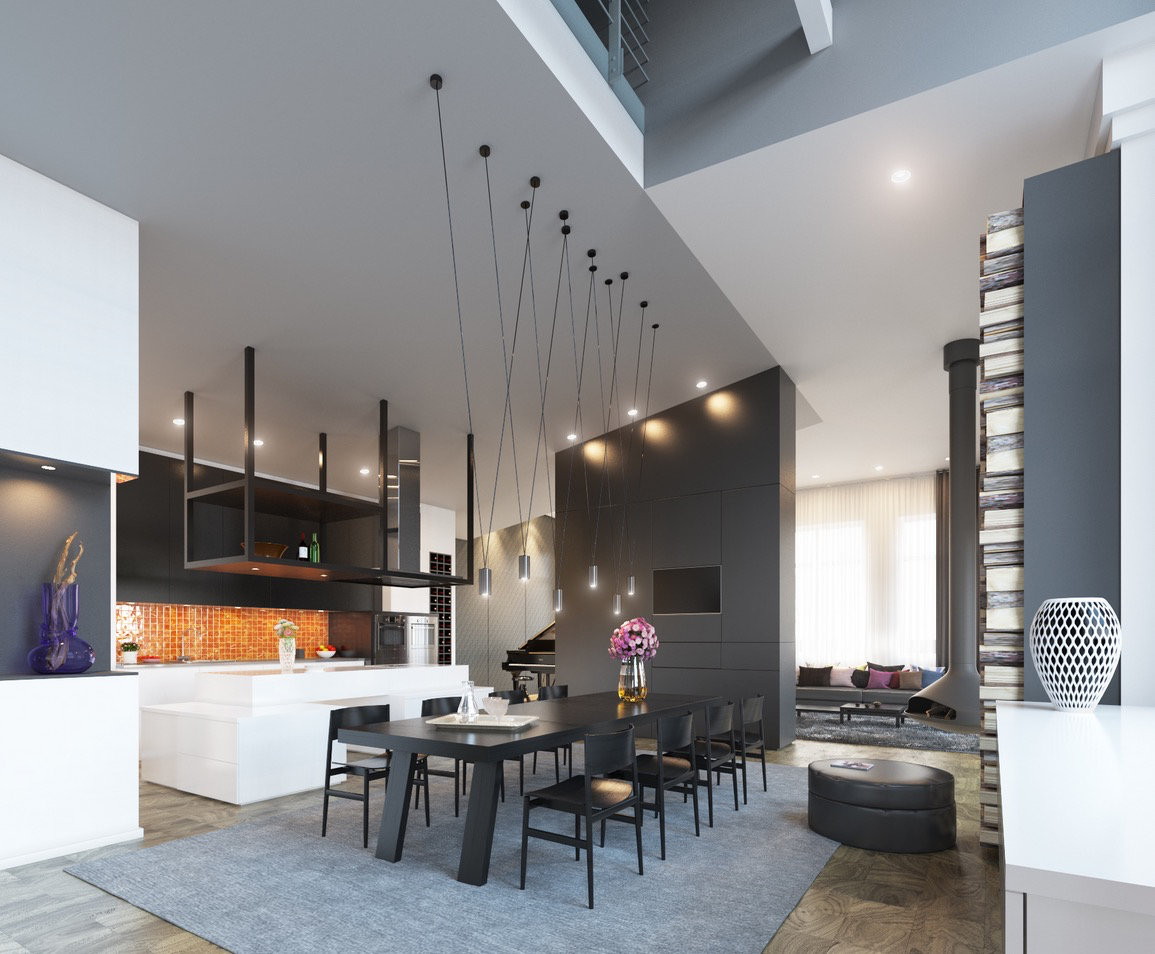
/modern-dining-room-ideas-4147451-hero-d6333998f8b34620adfd4d99ac732586.jpg)





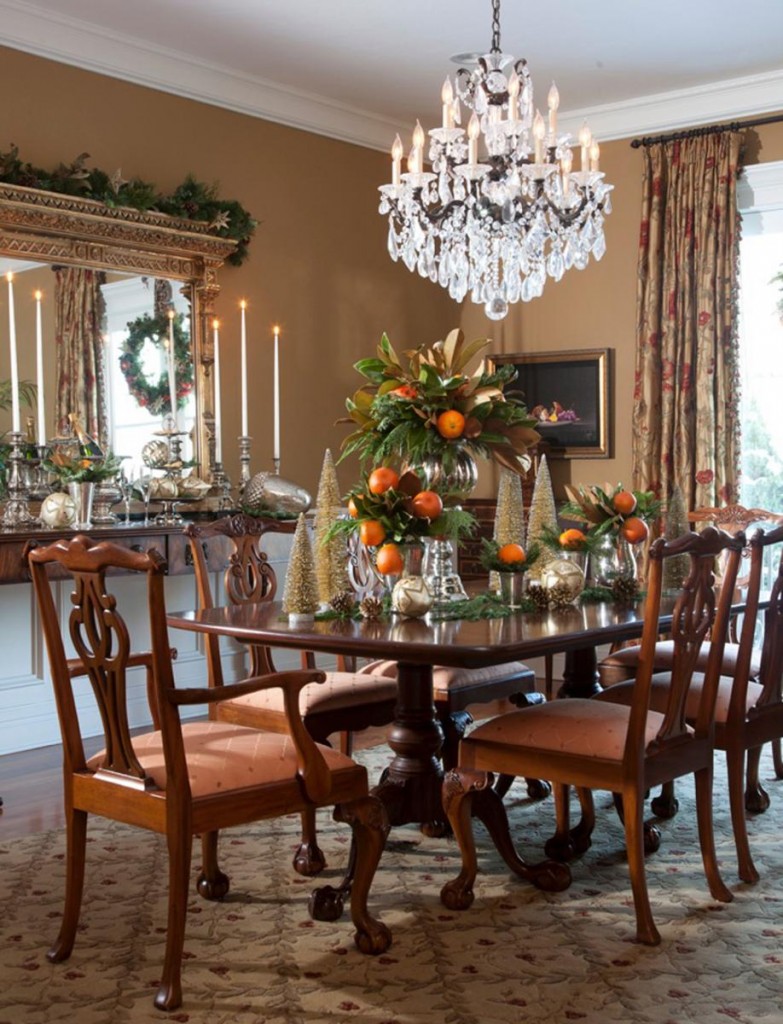

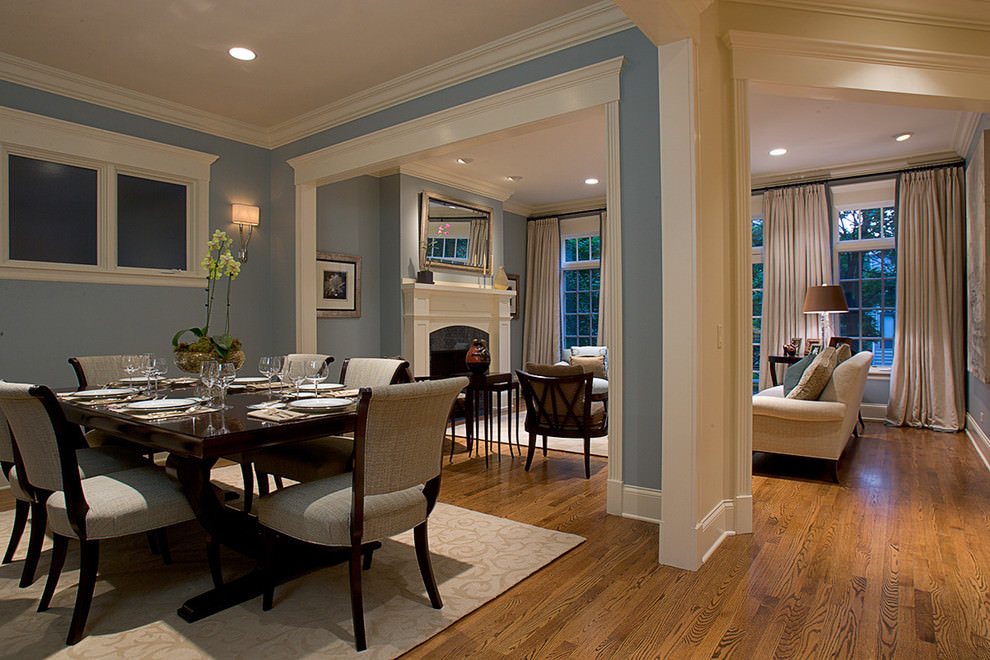
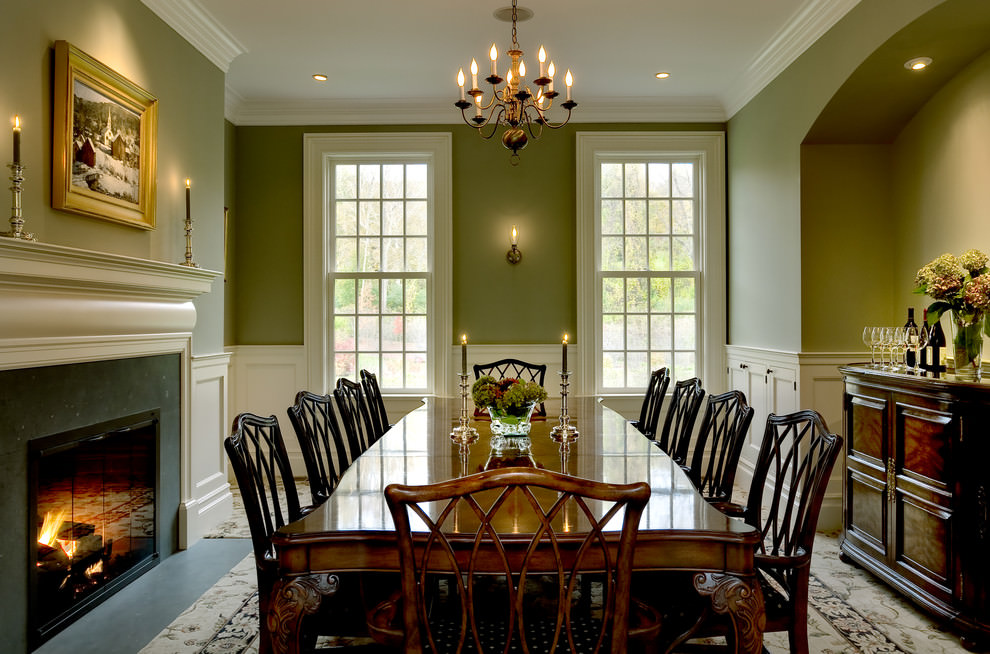
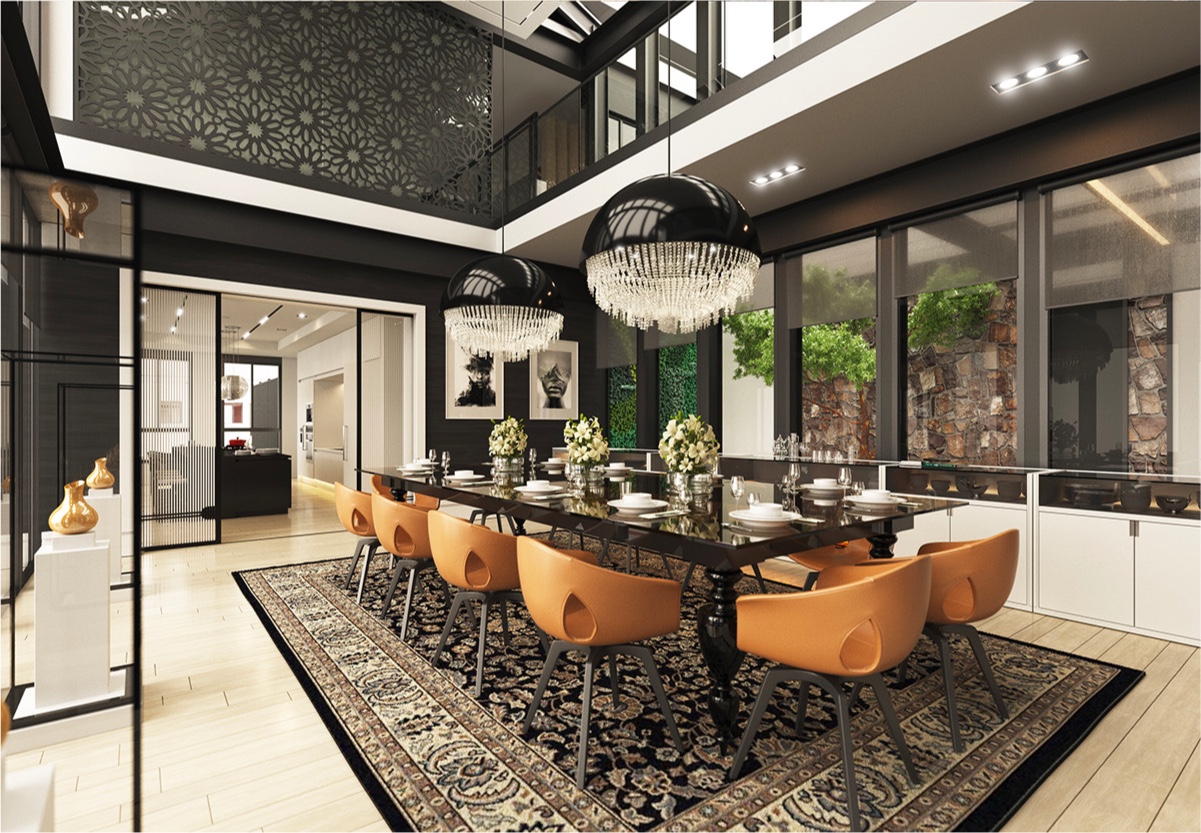
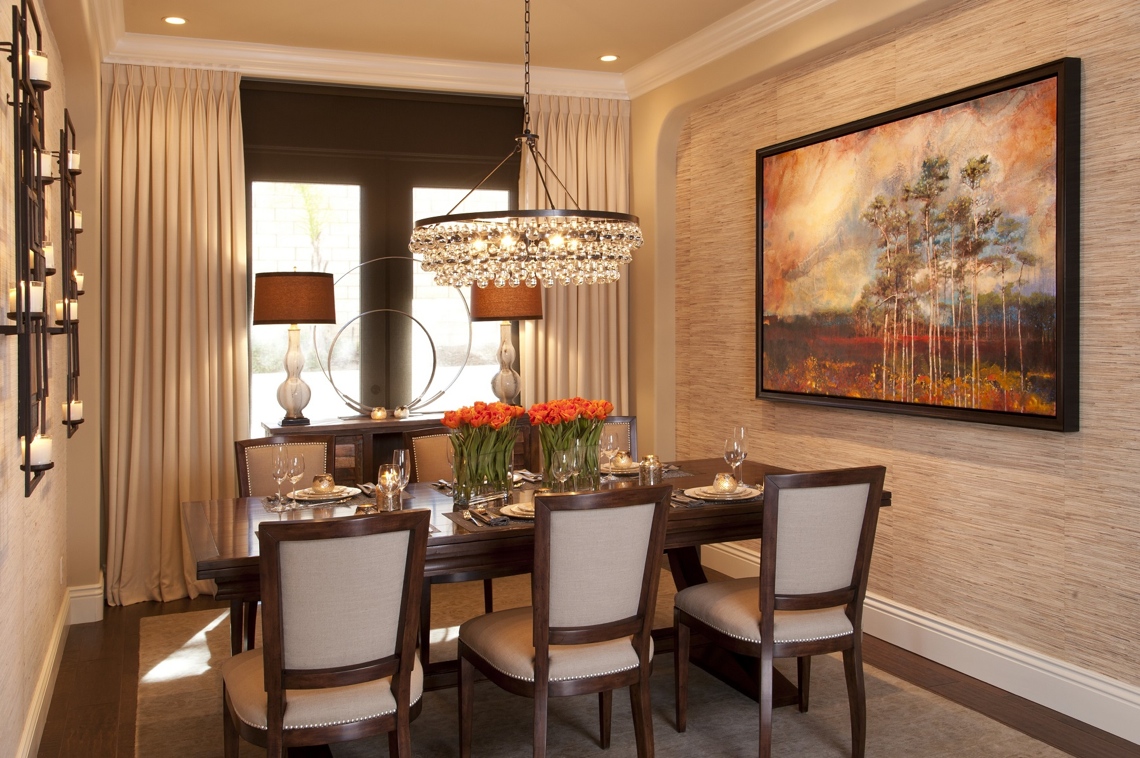





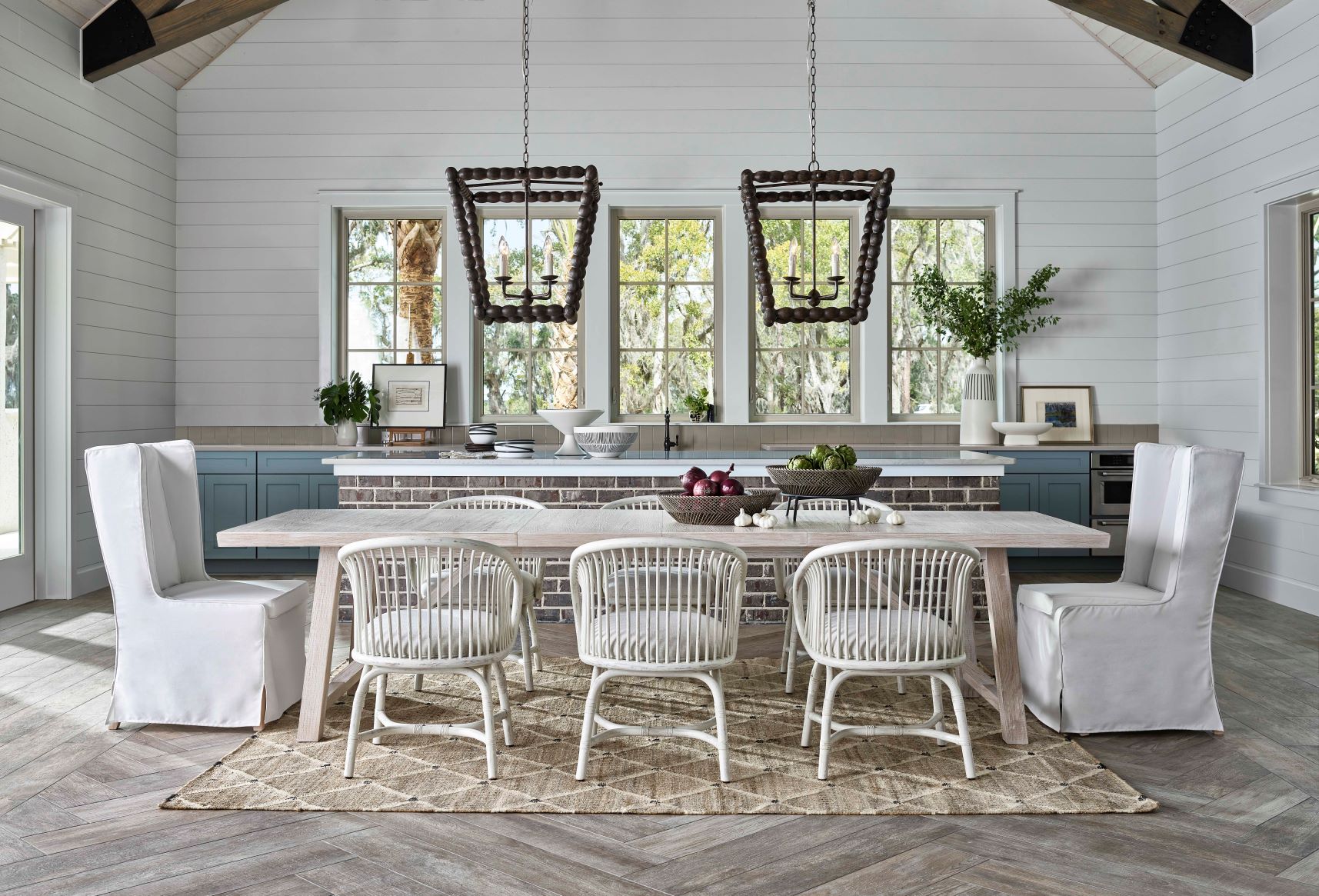


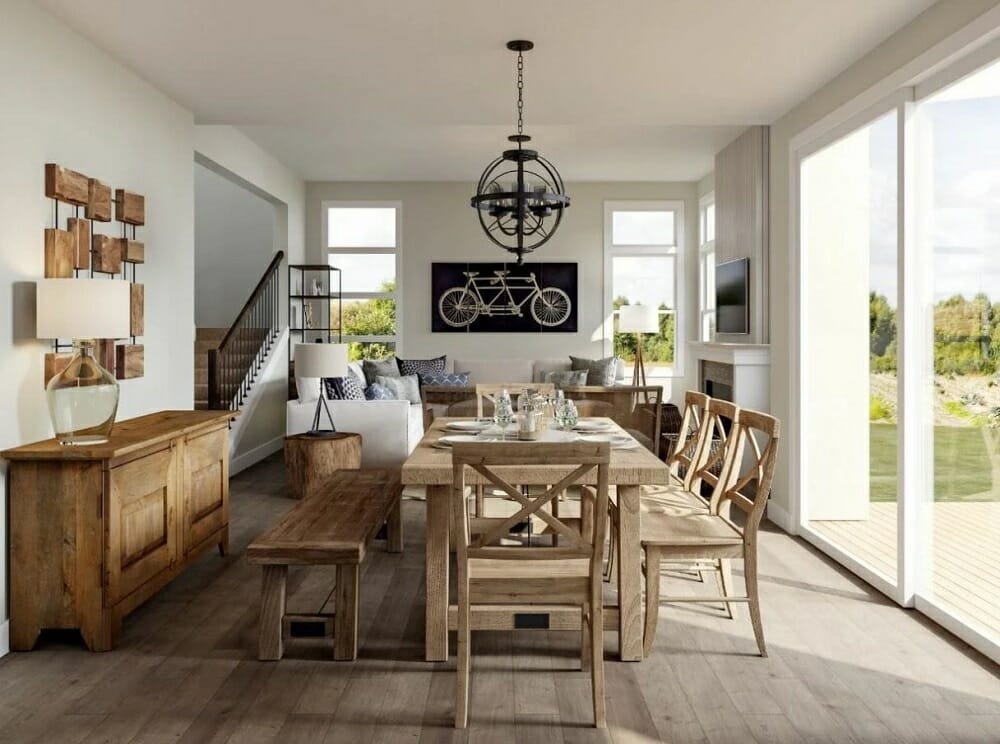




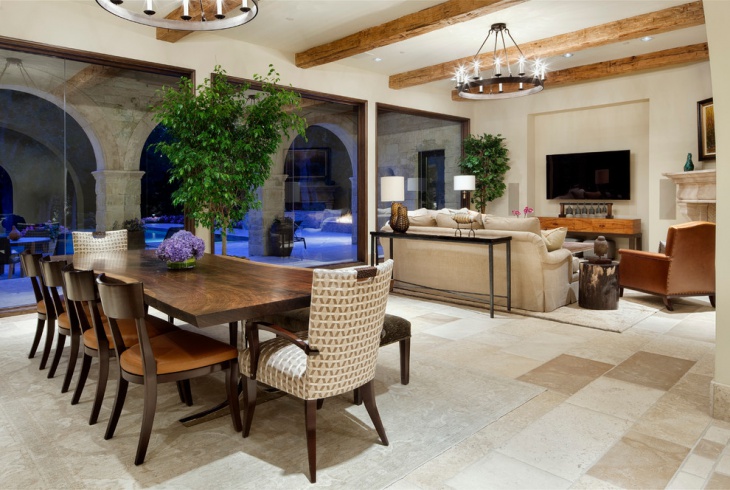

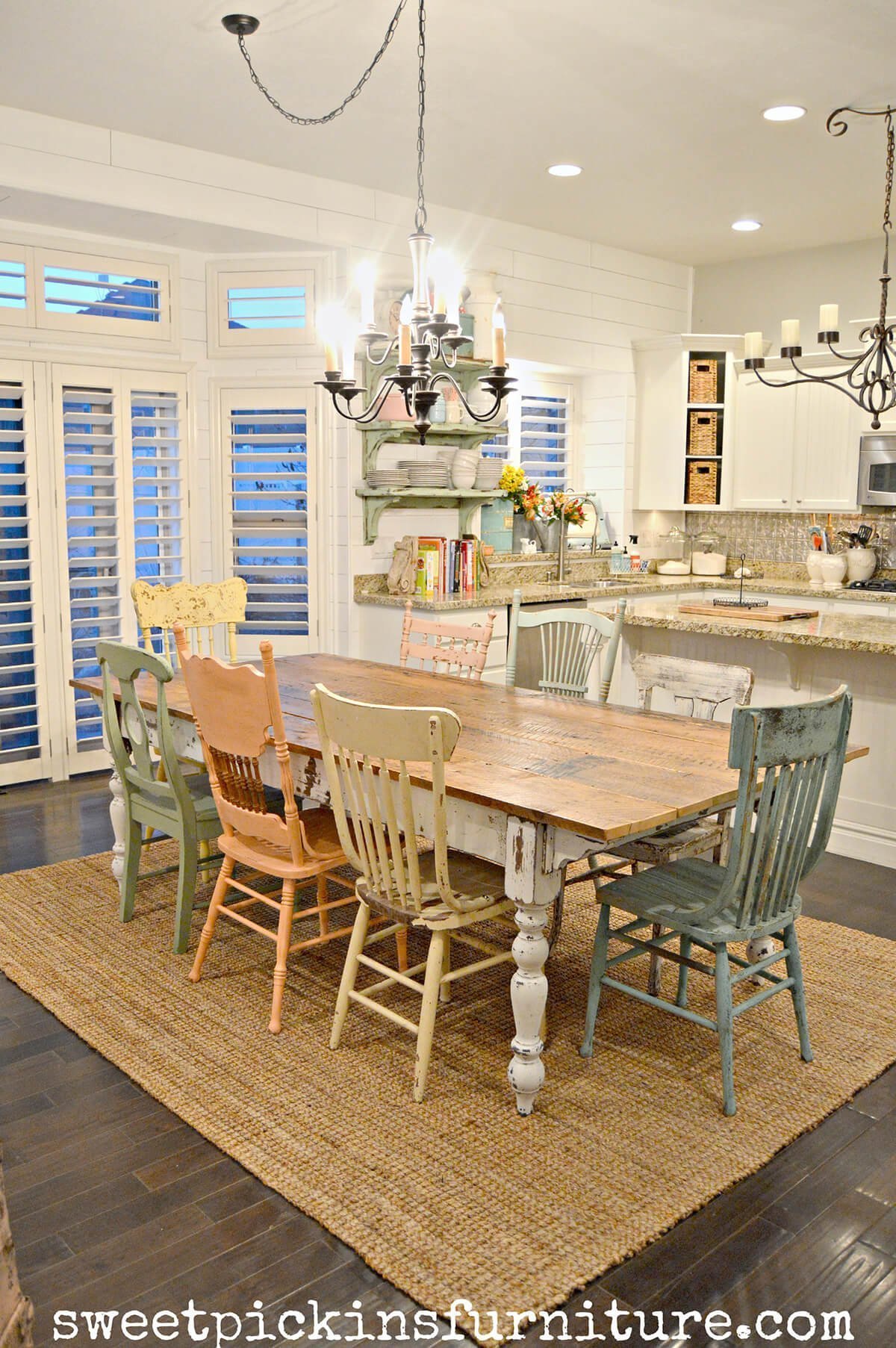


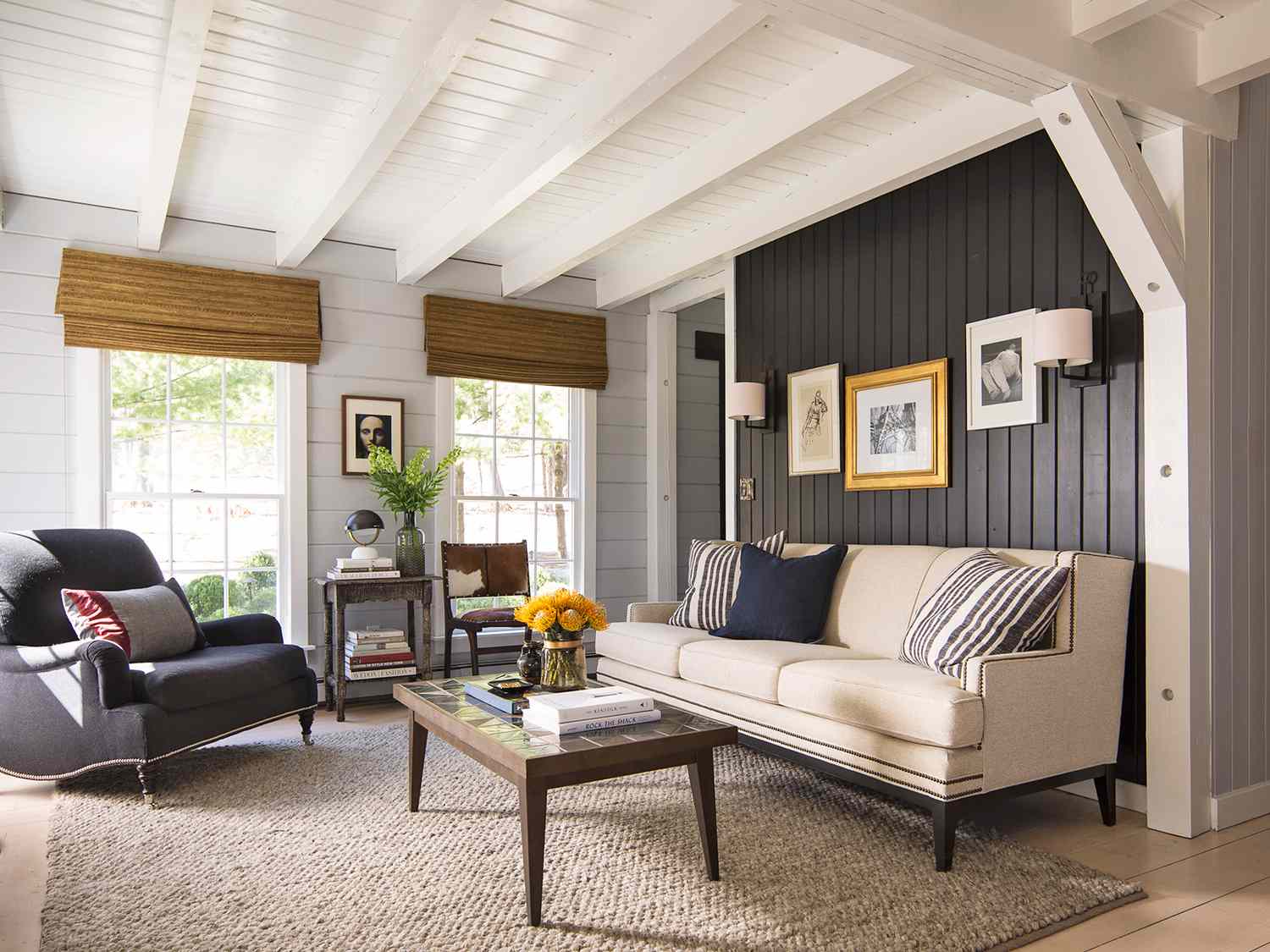
:max_bytes(150000):strip_icc()/DesignbyEmilyHendersonDesign_PhotobySaraLigorria-Tramp_MountainHouse3-e157fd31ca384a86acc2762f12530229.jpg)
:max_bytes(150000):strip_icc()/Comfortable-farmhouse-living-room-58dfc1af5f9b58ef7e9844c8.png)

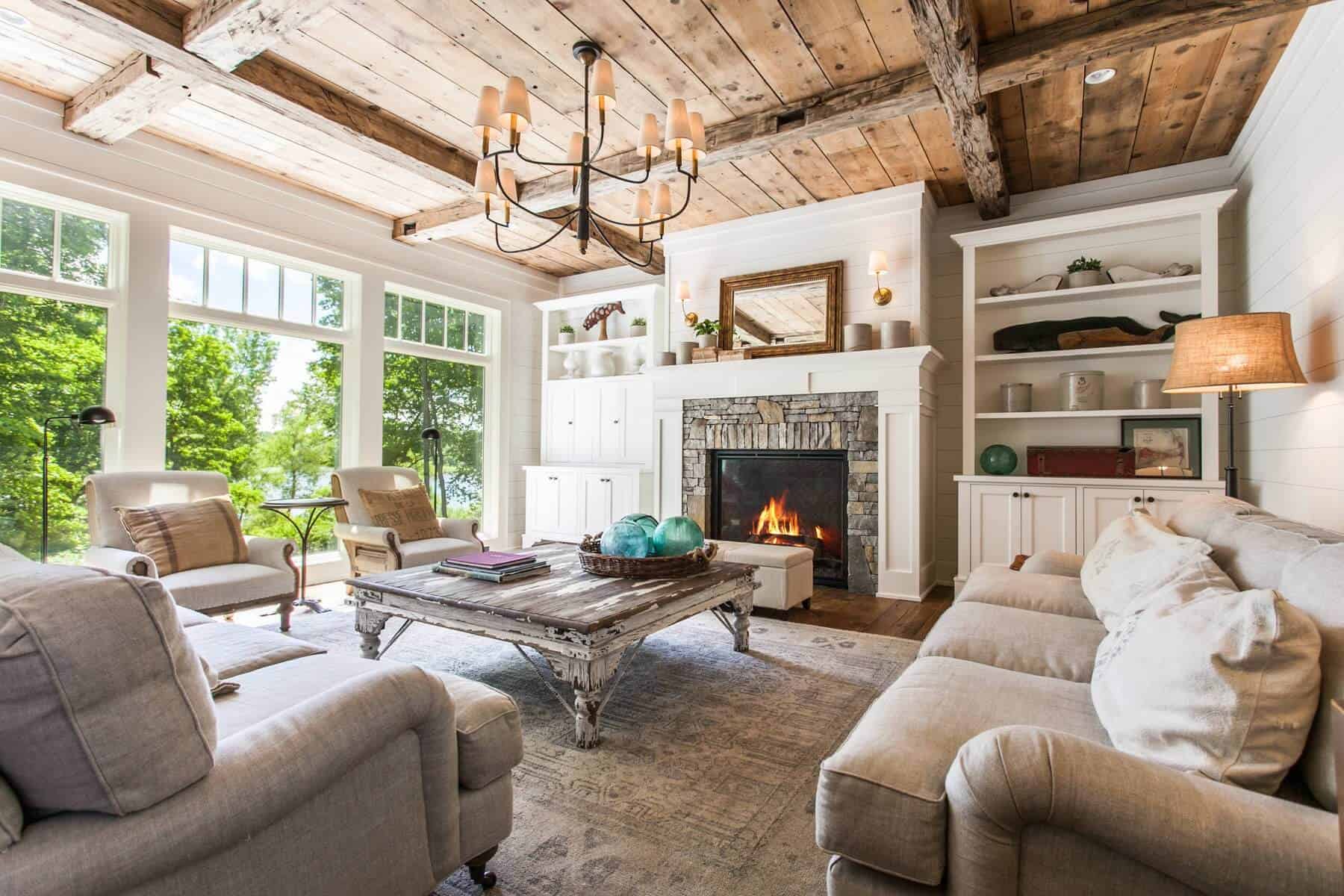
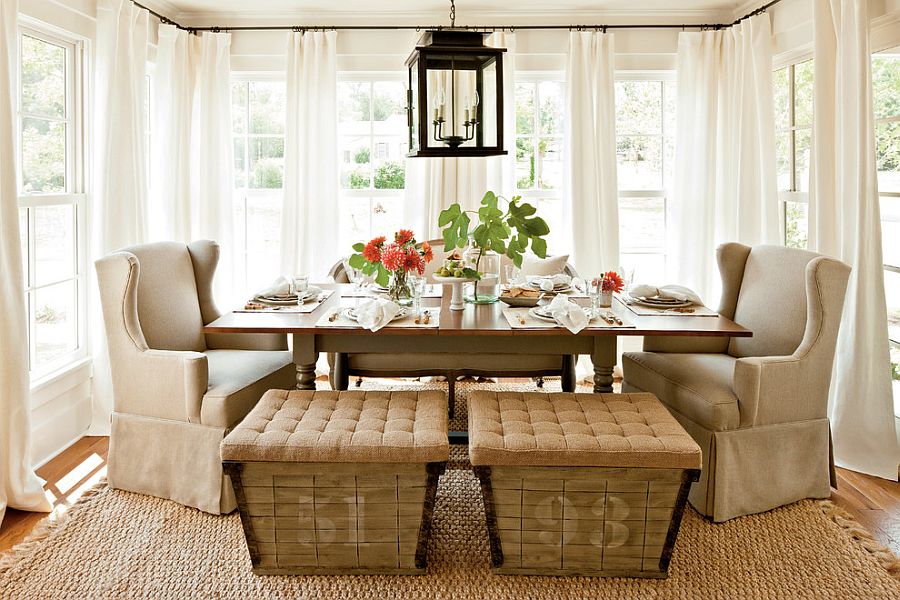
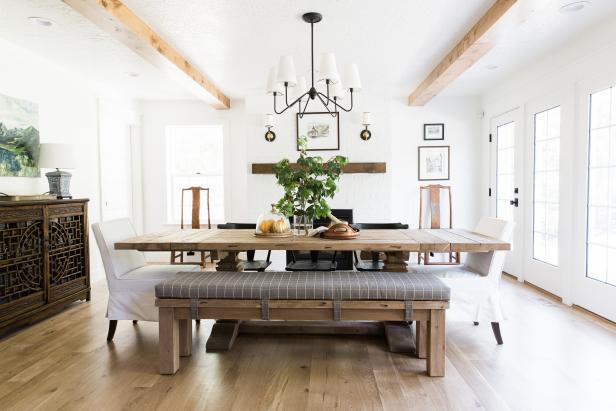
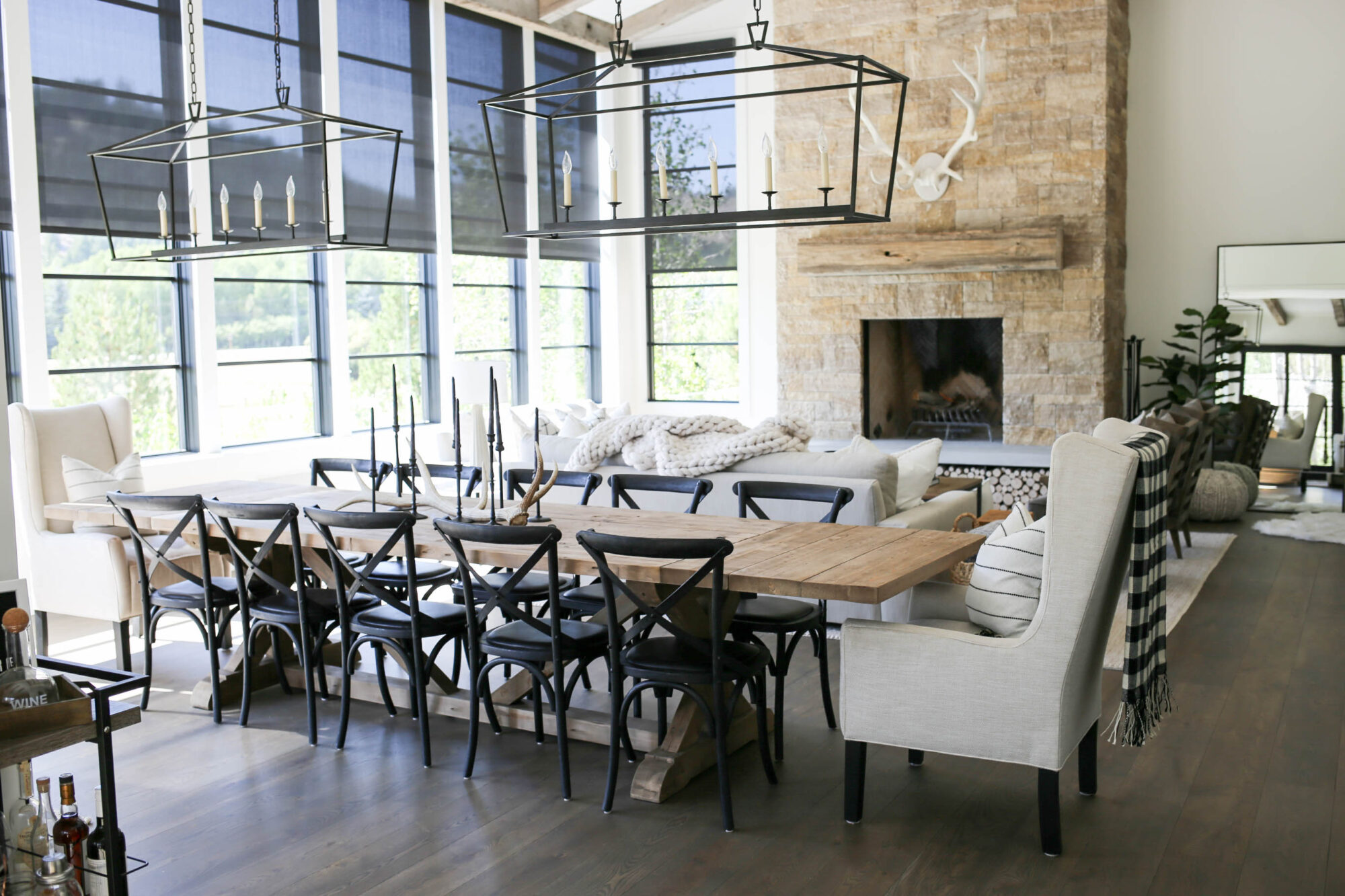

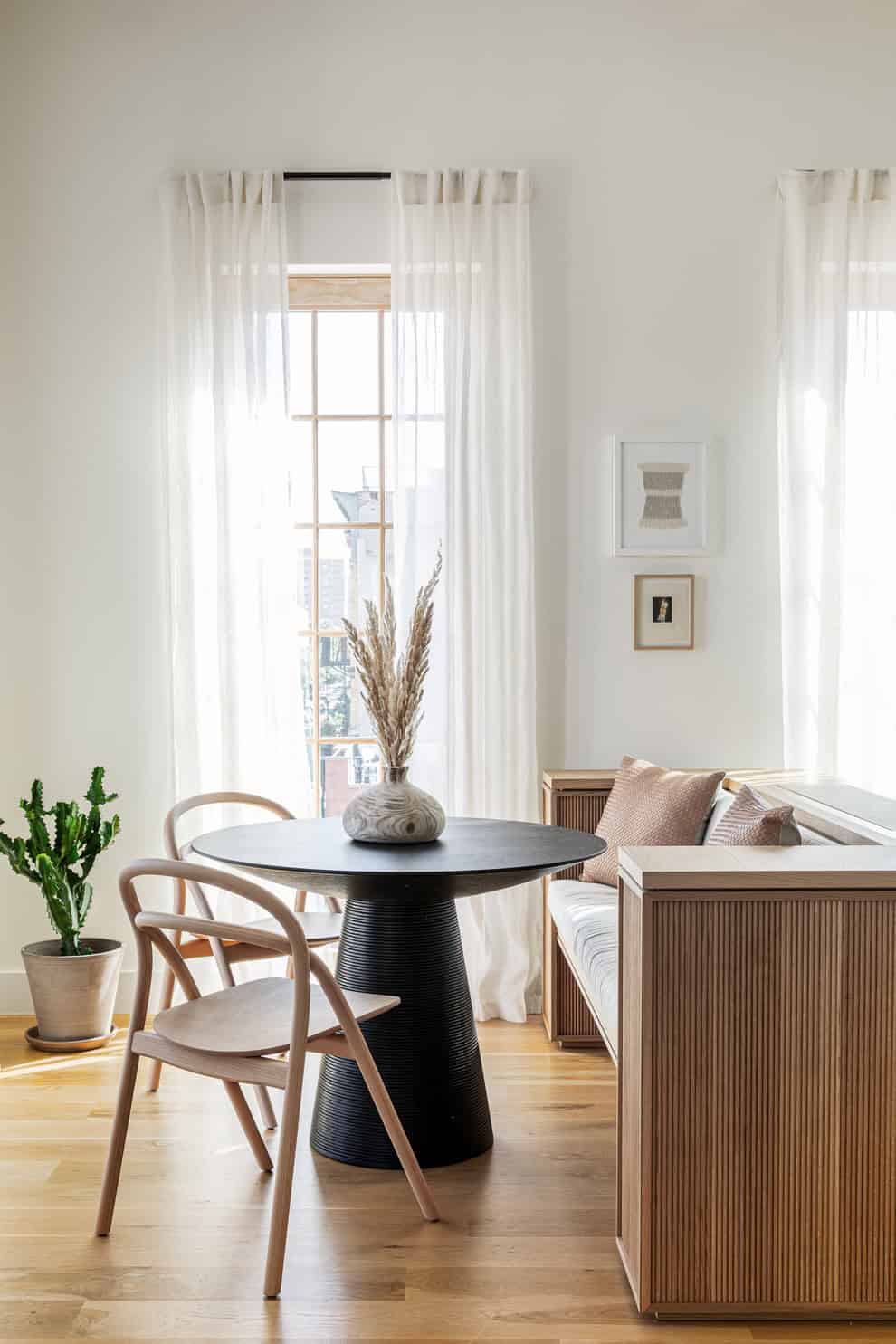

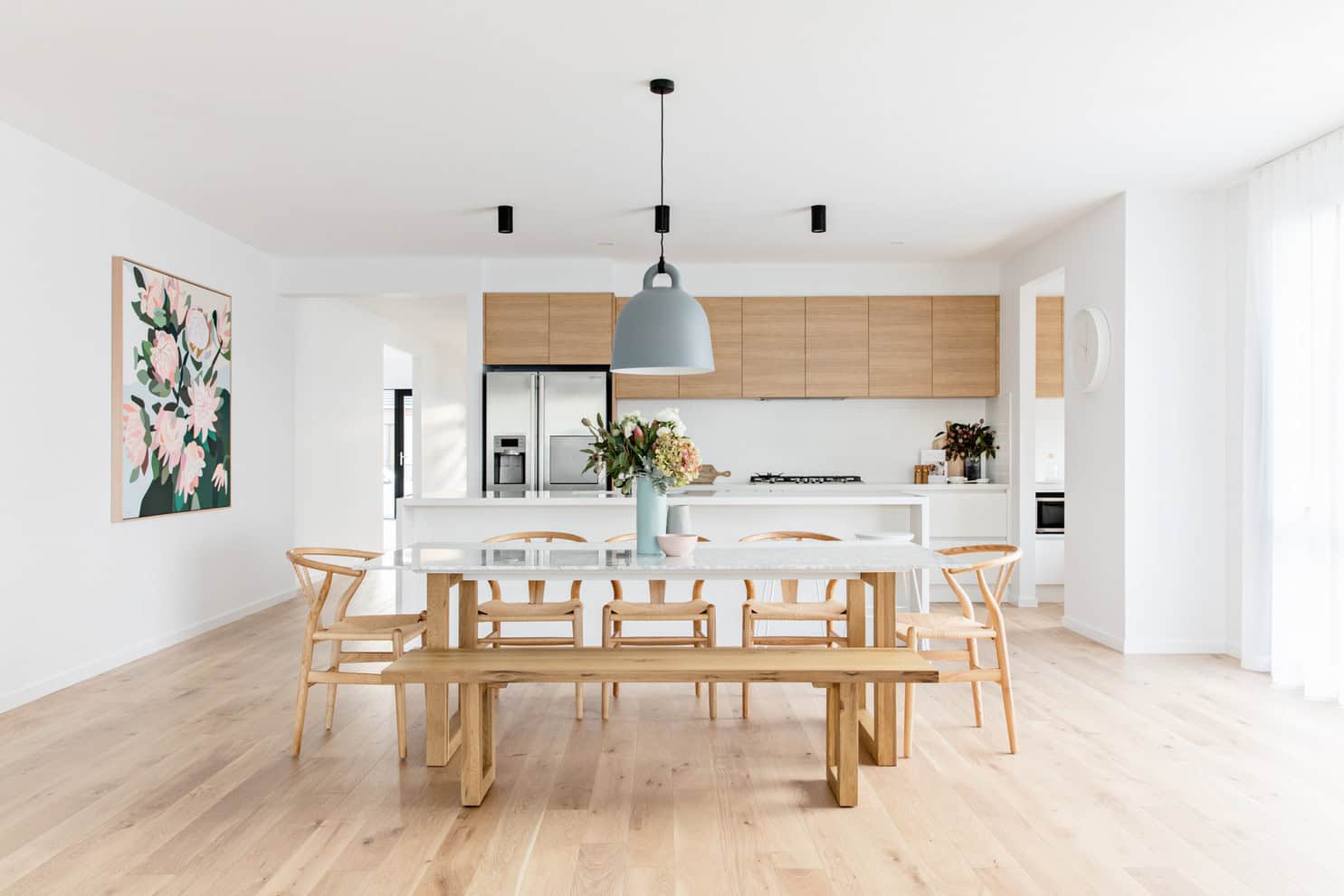
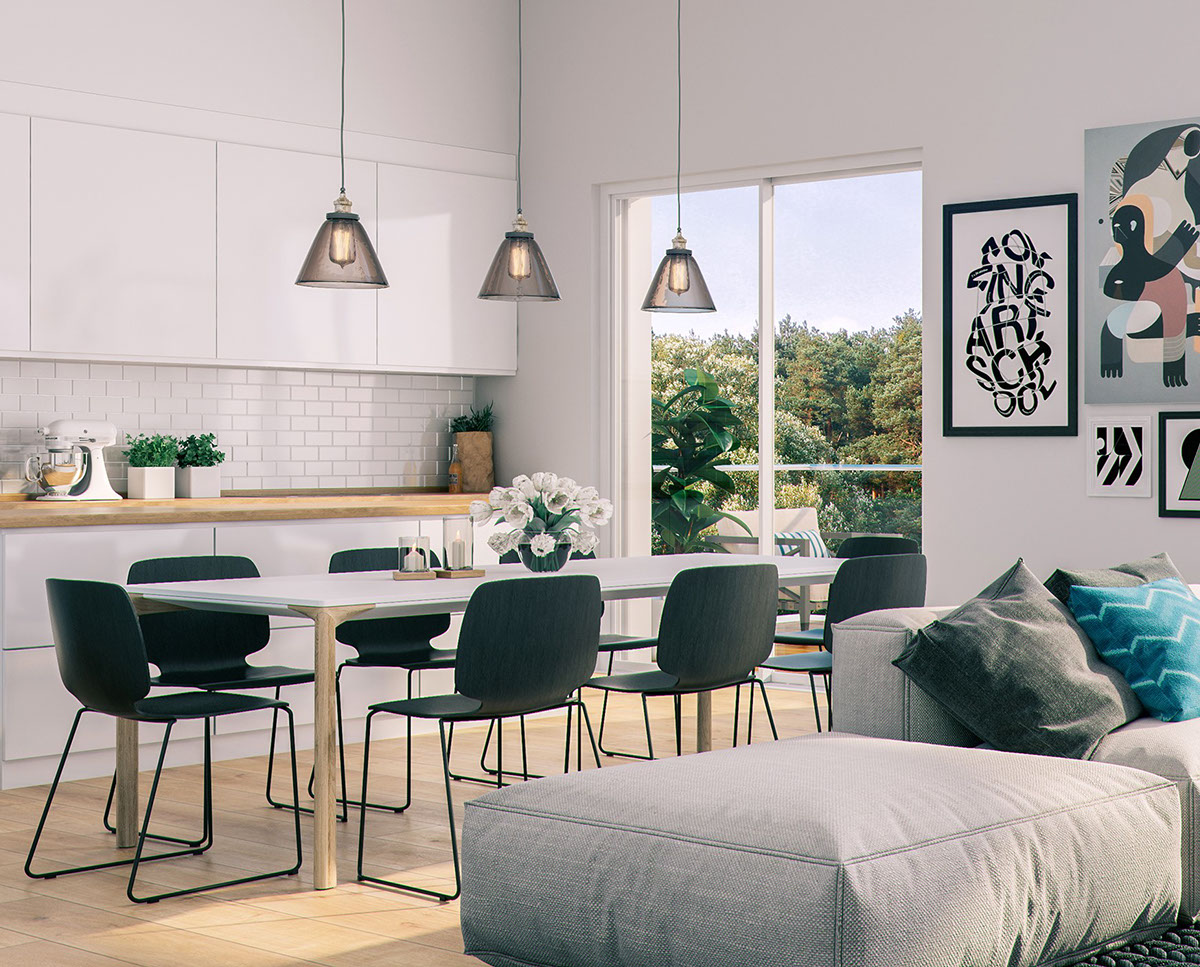

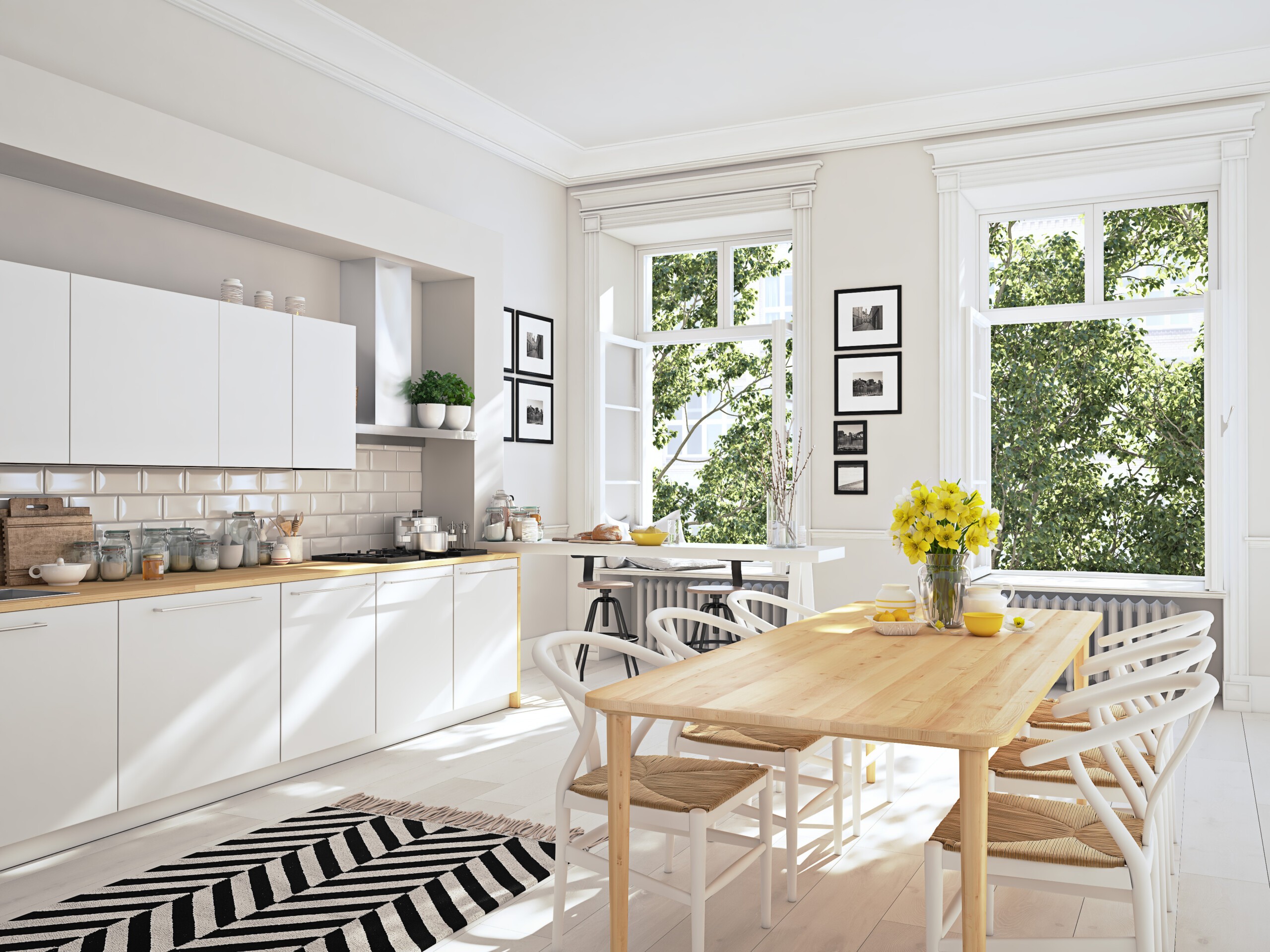
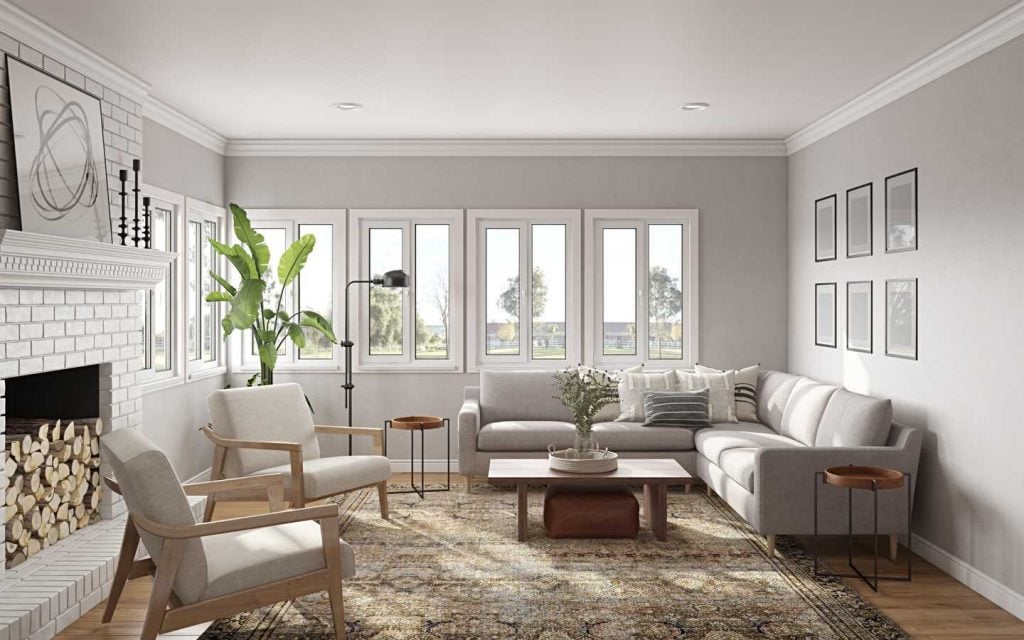
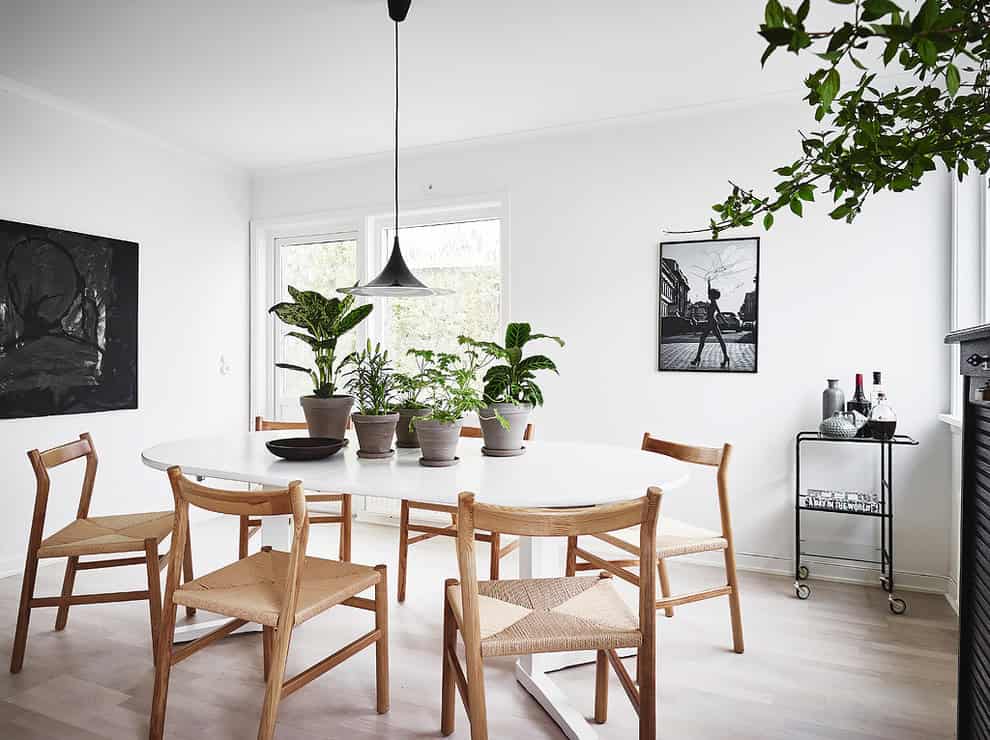
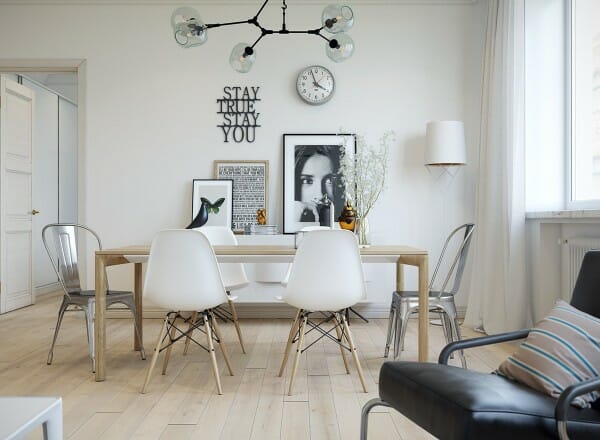
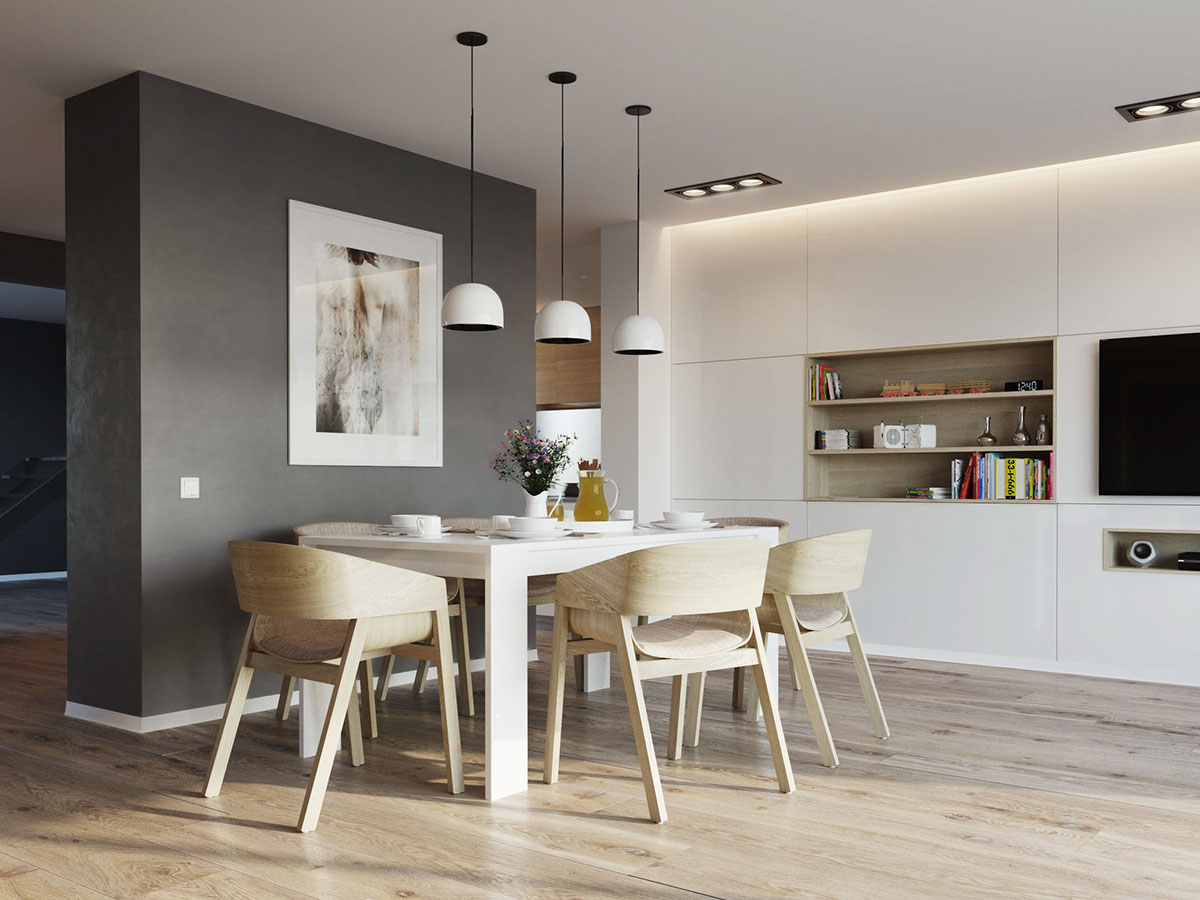

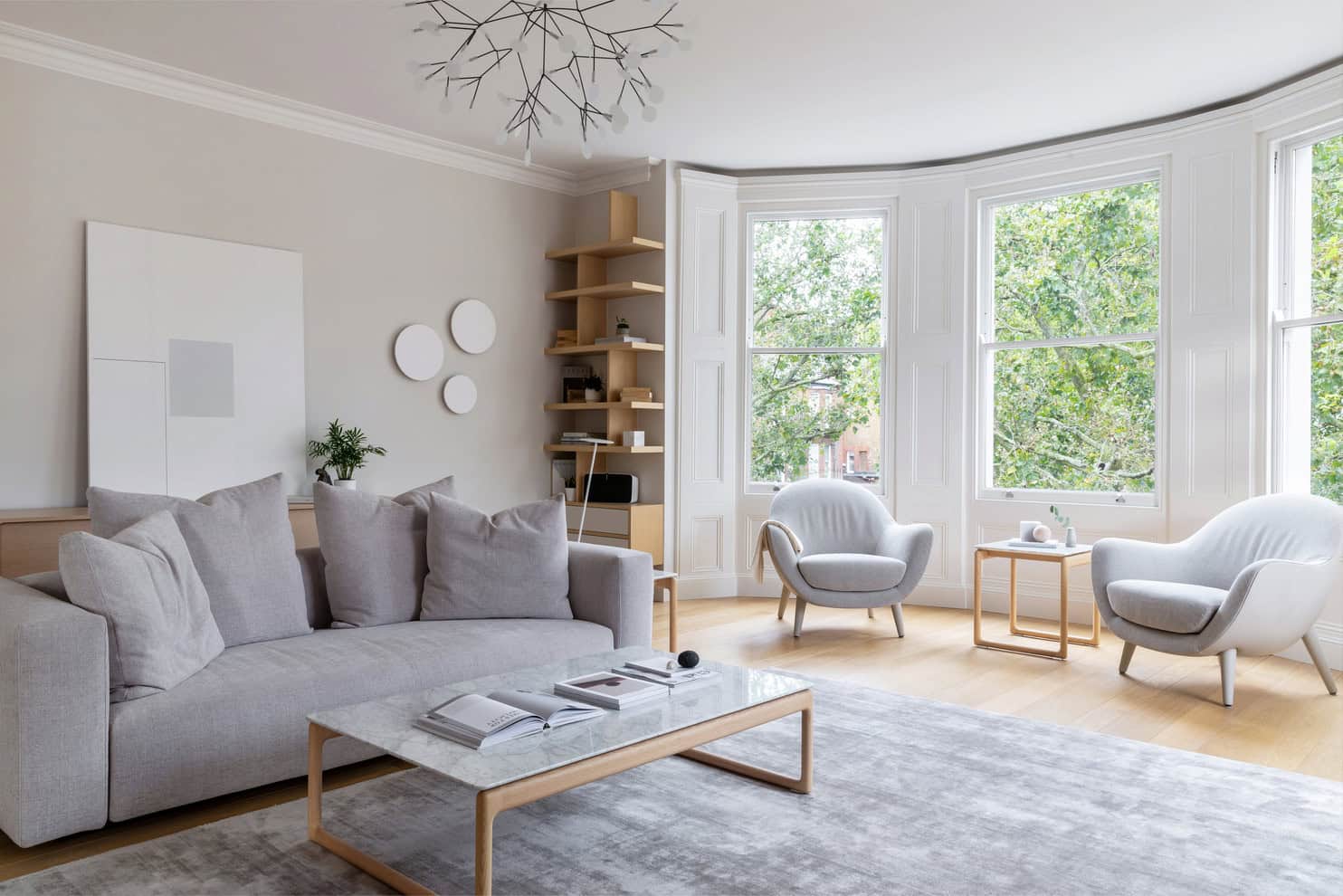



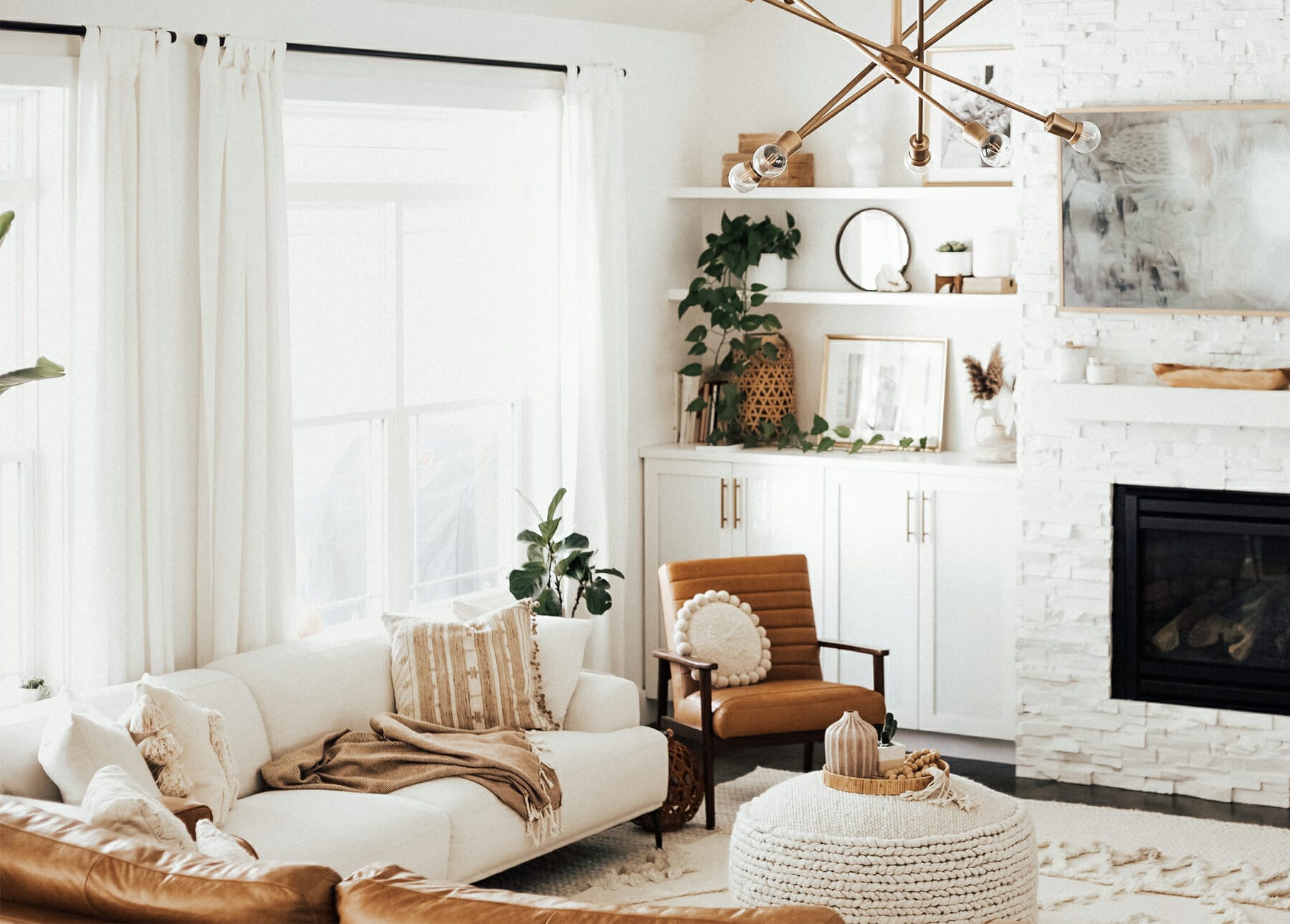
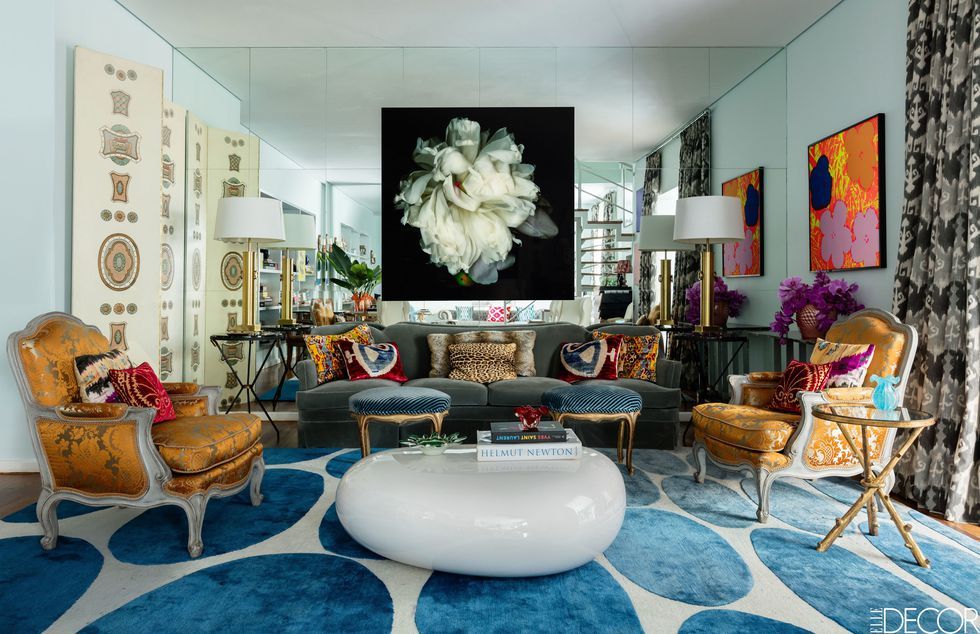
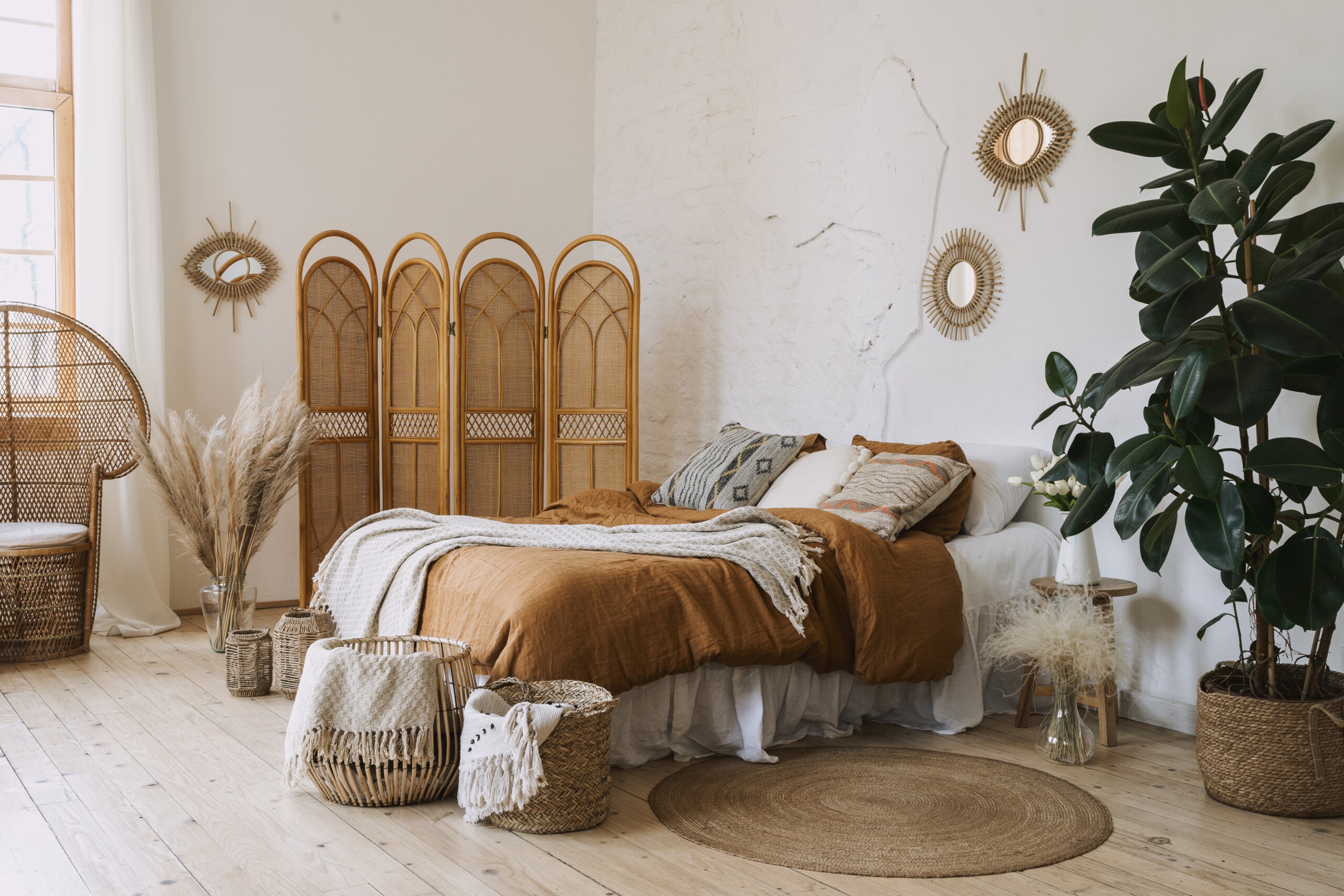
:max_bytes(150000):strip_icc()/ScreenShot2021-03-31at10.01.23AM-cac45bb0e5874da7a554dedb4c25fdf7.png)
